Croatian Gajeta Photo Becomes Official European Union Postcard
October 28, 2021 – A Falkuša gajeta from Komiža on Vis island and a Betina gajeta from Murter are shown in a competition-winning Croatian photograph which will now become an official European Union postcard
If you're reading this, chances are you already know Croatia is very often 'postcard-pretty.' Well, it seems you're not the only one to think so.
One Croatian photographer's work has won over judges in a competition to find an official European Union postcard. The photograph (main picture), taken by Hina journalist Andrina Luić shows two sailing boats – a Falkuša gajeta and a Betina gajeta. Both are traditional wooden ships commonly seen in Croatian waters. In the background, the Betina gajeta is instantly recognizable as Croatian because its sail carries a red and white checkerboard pattern.
European Union postcard competition
 © Dani u Vali
© Dani u Vali
The 'Greetings from the Islands' photo competition was published in September by the European Commission's Clean Energy for EU Islands Secretariat (here). Andrina, who is from Lukoran on Ugljan island, took her winning photo two years ago in Stari Grad on the island of Hvar. The sailboats were snapped during the festival of ships, sea and sailors 'Days in Vala' (here). The event is organized by Cronaves of Split, of which Andrina is a member. They are a society with an aim to promote Croatian maritime heritage.
Andrina's photograph will now help promote Croatian maritime heritage all across the continent. Thousands will see the traditional wooden ships and their sails when the image is made into an official European Union postcard. The picture triumphed above other island photo entries from Italy, Spain, Germany, Portugal and elsewhere in Croatia. The evaluation criteria were originality, creativity, overall artistic impression and composition, and visual appeal. Each competitor was only allowed to enter one photo into the competition. It would seem that Andrina - who has been taking photographs for many years - made exactly the right choice.
Falkuša gajeta from Komiža on Vis island and Betina gajeta from island Murter
 Traditional gajeta ships from Betina in a regatta around island Murter © Neven Jović
Traditional gajeta ships from Betina in a regatta around island Murter © Neven Jović
A Falkuša gajeta is a thinner and faster version of the Murter-style gajeta. Falkuša boats have been used for fishing in the area of islands Vis and Korčula since at least the 16th century. They were adapted to the needs of fishermen from Komiža on Vis island, who would regularly travel far out into the open sea - as far west as the Palagruža archipelago - to chase their catch.
The template of these boat designs was taken to Betina on Murter island by Korčula shipbuilder Paško Filippi in the first half of the 18th century. There he founded a shipyard and began building his boats, adapting them to the slightly different climate and the very different needs of the locals.
The people of Murter and its surroundings needed a boat as much for transportation of goods as they did for fishing. Therefore, the Betina gajeta was made stronger, wider, bigger and more load-bearing, with a deck at the bow and stern. They were commonly used to transport goods between Murter and estates on the Kornati islands.
You can today visit an award-winning museum (here) dedicated to the history of this wooden boat building in Betina, island Murter. Or, if you can't make it there any time soon, you can now make do with one of Andrina's postcards until you can.
In Love With the Frozen Moment: Meet Tonka Lokas From Šibenik
May 28, 2021 - Sometimes, the best way to learn, discover or connect with a Croatian city is through photography. And not just with drones, but also from a more humane and honest point of view. A great example is through the eyes and lens of Tonka Lokas, a talented and promising 23-year-old photographer from Šibenik.
Sometimes I wish I could brag about a past where, as a child, I discovered through a game or a hobby something that would eventually develop into a passion or professional interest. This is the case of many painters who began by scribbling on the walls, singers who won first places in school competitions, or novelists who wrote letters to their college sweethearts. But that wasn’t my case.
In an unsafe city, I grew up within four walls for protection. Don't get me wrong, all my childhood memories were fond and I constantly look back to make sure of it. How? Surely the box full of photographs that are at my parent’s house plays an important role there. Photography, in general. But you will see later that I am not the best one to explain why.
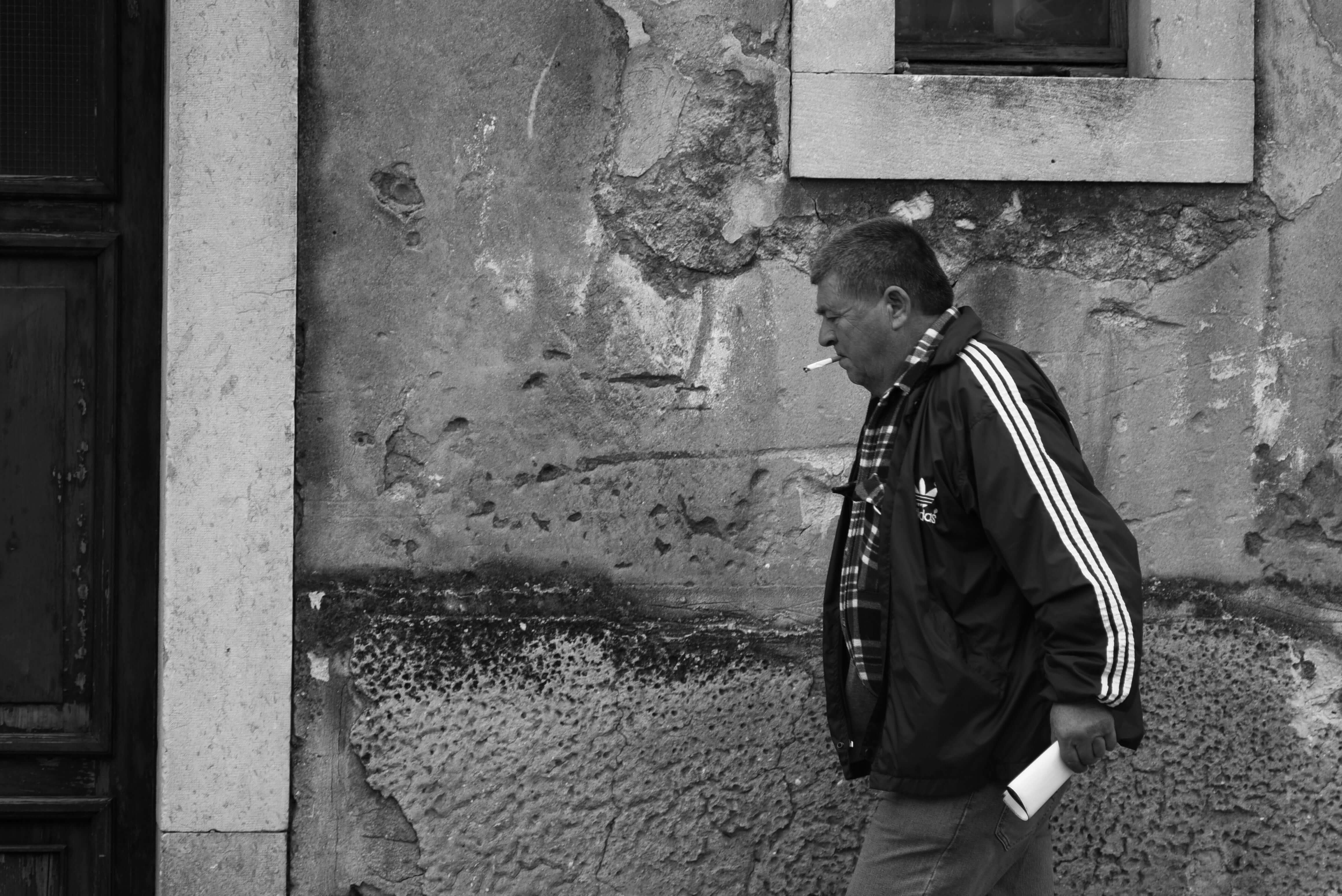
I say this because I believe that being in contact, from a very young age, with everything that surrounds you and moves, is stimulating. See how people interact in the street, how the other children play in the park, listen to what a couple of old men are talking on a bench, wander through the market stands on a Sunday morning... a lot to deconstruct in our little heads. But again, that wasn’t my case.
I’ve been living in Croatia for less than two years, and photography has helped me connect with a country that I am still trying to decipher and get to know better. And like me, every day I saw dozens of tourists or foreign students walking through the streets of Rijeka, Split, and Zagreb with a camera under their arms, capturing moments, people, expressions, scenes... it helps us to interpret what is around us, and later it facilitates the communication process with those we love.

But I also thought that it would be incredible to be able to learn more about a country or a city through the eyes of a person who grew up next to that place. And that’s the story of Tonka Lokas, from Šibenik.
A few months ago, I decided to share my photos on my Instagram account. I did not generate the impact that I expected, but I felt curious about learning more from the people who started following me. Especially those based in Croatia, hoping that through their pictures I could learn more about this country and maybe find some inspiration. And that’s how I discovered Tonka Lokas, a 23-year-old nurse, born and raised in the historical Dalmatian city of Šibenik, and her unique way of observing her city through a lens.

Tonka Lokas, from Šibenik
I immediately felt captivated with her photographs, since it is exactly the perspective with which I like to observe what happens in the street every day. It is true that on many occasions we involuntarily criticize everything that doesn’t suit our artistic preferences, but I think that as far as sitting and reflecting if a photograph is good or not, I prefer to think that each one of them serves a purpose. Even if that purpose is to get more likes.
And it is that, in recent years, most of the photographs that I see about Croatia are those taken from the point of view of a bird with a drone. And that’s fine! But it’s just one way to see it. I felt, honestly, that people were ignored. And this is not just in Croatia, but I believe it’s happening all around the world. Tourism? Sure. That’s the purpose, of course. There's so much to enjoy and discover through our own eyesight. Let’s never forget about the richness of the human factor within the culture. In this particular case, I saw a purpose to tell certain stories that we tend to ignore or pay no attention to when we walk from one place to another in our town or city.
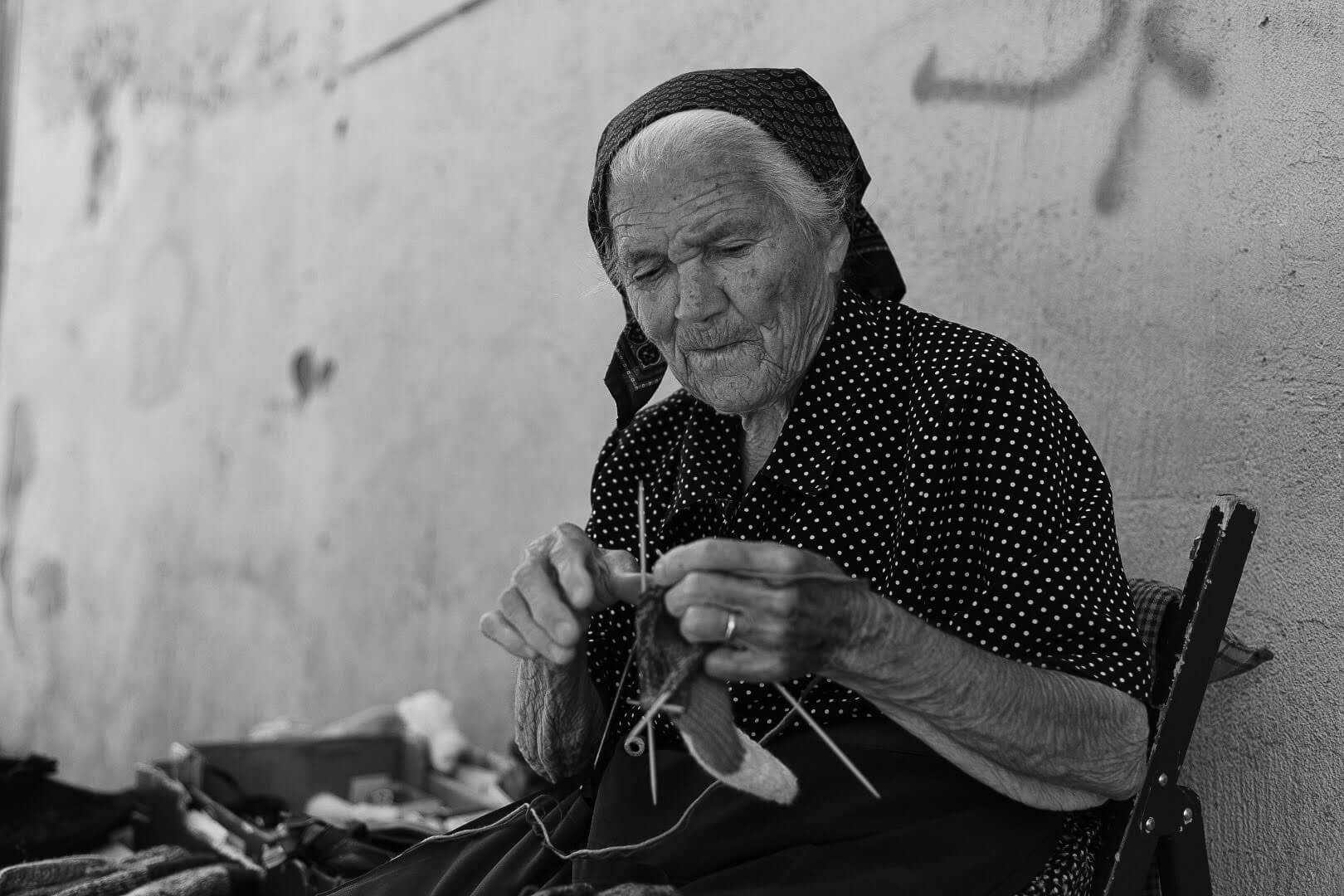
I was pleased to meet a different set of eyes. Ones that observed humanity, emotions, stories, relationships… Almost as if the photographs were taken with them, with each blink. A personal observation through the ancient streets of Šibenik, those that Tonka has been walking since she was very little and that now she photographs with her camera. It seemed to me like an incredible opportunity to learn more about her amazing life story and the city of Šibenik through her words, but especially, through her lens.

Tonka lives in a little apartment with her boyfriend Božo, their baby girl named Marica, and many, many cacti, which in fact she loves a lot. I was surprised to learn that Tonka did not study or is currently studying photography, as I had initially thought. Instead, she graduated from medical school, majoring as a nurse. However, photography has indeed been part of her life as she grew up.
What memories do you have from your childhood? Is there any connection between it and your photography? Are they any photographers in your family?
My childhood was filled with games and fun, especially because of the international children’s festival that takes place in my city every year. I discovered photography while attending one of the festival's workshops. My family had a little digital Sony camera and I always played with it. That workshop helped me to learn how to use the camera properly, at least as much as I managed to learn at the age of 10. And so began the love of the frozen moment. There were no professional photographers in my family, but my uncle was our family photographer and because of him we have a lot of childhood pictures.
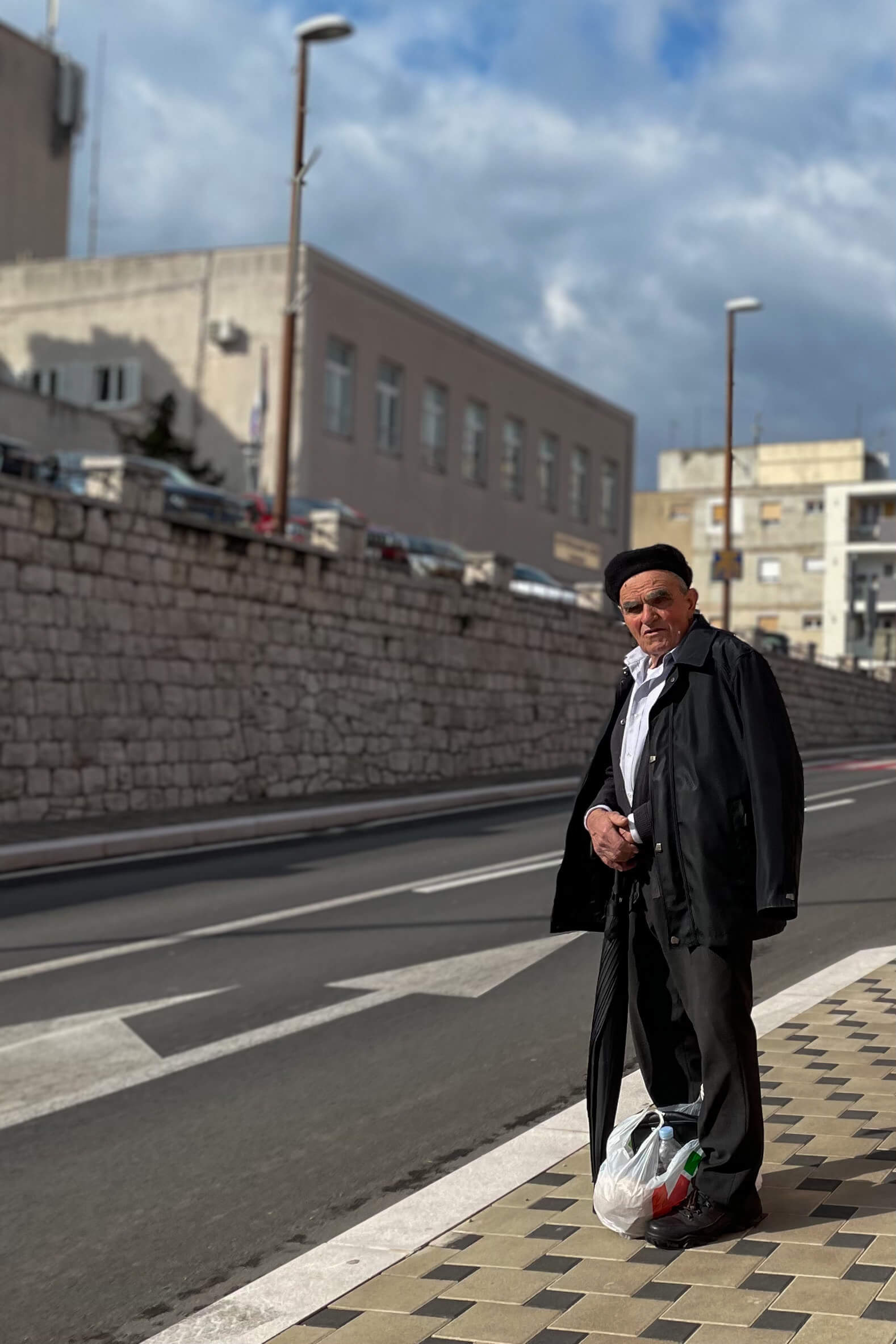
Are you studying, or did you study photography?
I am not studying photography, but I plan to go to Zagreb for a photography course this fall, so I will see what opportunities will open up for me after that.
When did you first realize that photography was your passion?
I think I became aware of that in high school because that’s when I got a little Lumix camera from an old photographer. Exploring all the buttons and settings made me happy and I learned something new every day. I was constantly annoying my friends by taking their pictures, but I have to thank them for putting up with all my ideas and supporting me in the beginning.
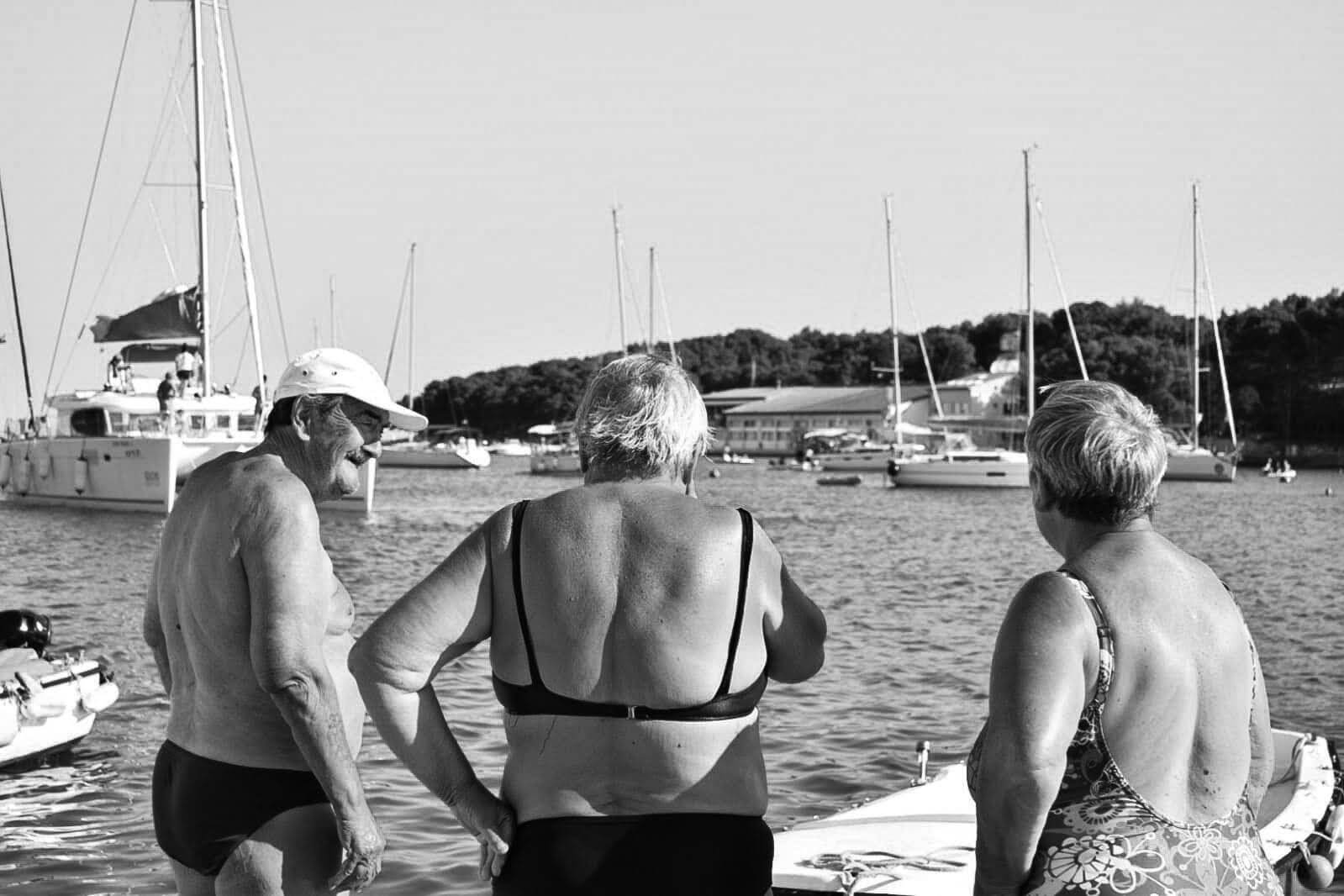
It is well said that photographers are artists just like a painter, an actor, or a composer. But why did you choose photography? How does it help you express what you see and feel?
Art is something that makes us alive. For me, any expression of thoughts and feelings is art. As a child, I loved to look at photos and ask my parents to tell me what happened and what they talked about on the day it was taken. The background story of the photo is still my main concern/topic while talking about photography.

How would you describe your photos? What are you trying to tell the world through them?
My first solo exhibition was called ”Notice”. I could even say that this title is my motto in photography. I want to show people what they miss while staring at cell phones or walk with their heads down. I want to convey the emotion of people who know how to be both happy and sad but are equally beautiful. Every person has a different smile, wrinkles, worries... Every person tells their story, although I don't know the life stories of all these people, I like to imagine myself and I give that freedom to everyone who looks at my photos. You don't have to be a child to be able to fantasize.
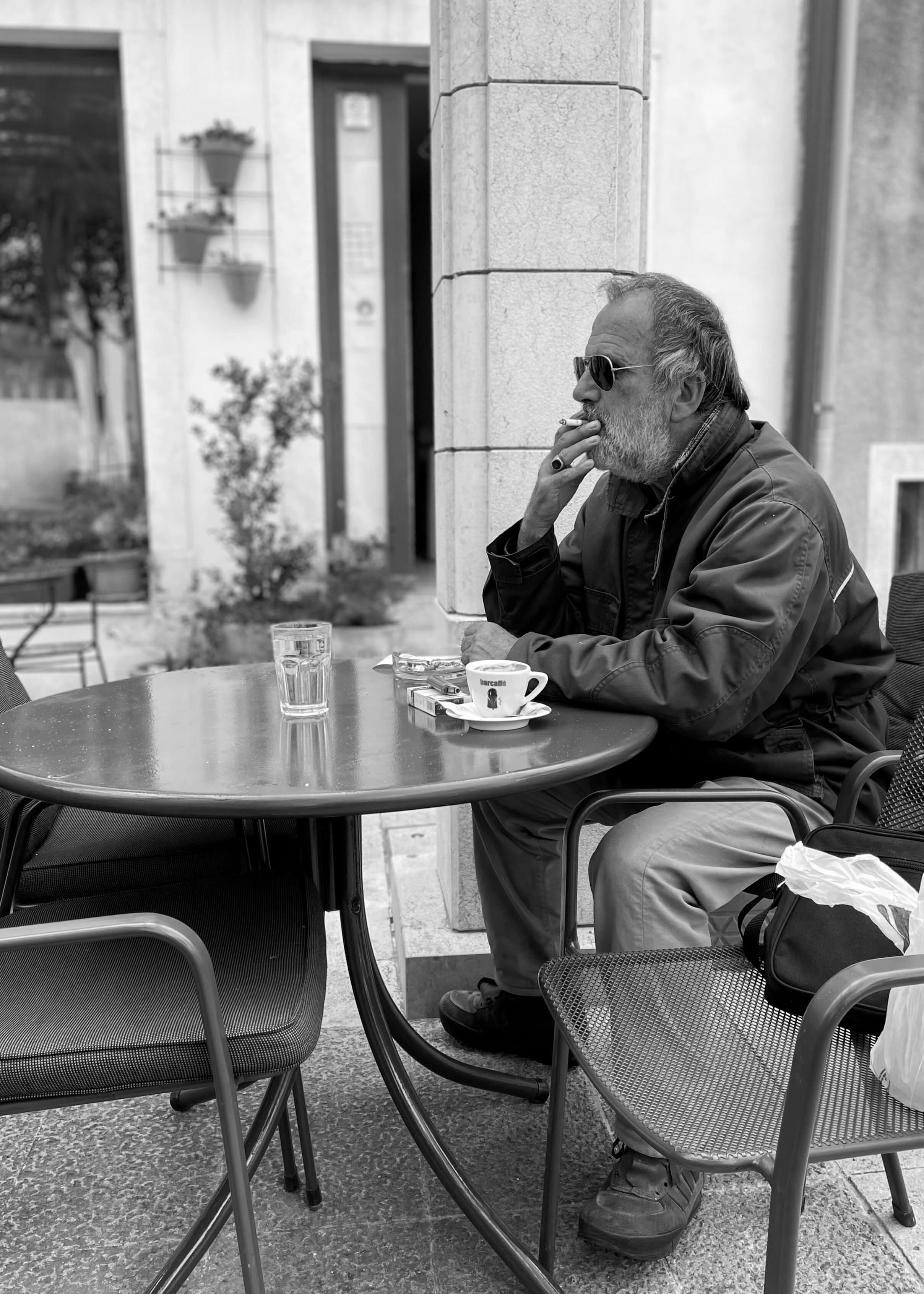
Most photographers that are from, and those who come to Croatia, see it as the ideal place for landscape pictures, sunsets, drone photography… but you seem to be more interested in people. How come?
Croatia is a beautiful country and it sure does get photographed a lot nowadays. I don't mind seeing other people's photos of nature, sunsets, landscapes... but when I find myself in nature I enjoy it as intended, without a camera. Ok, occasionally I capture a sunset or two.
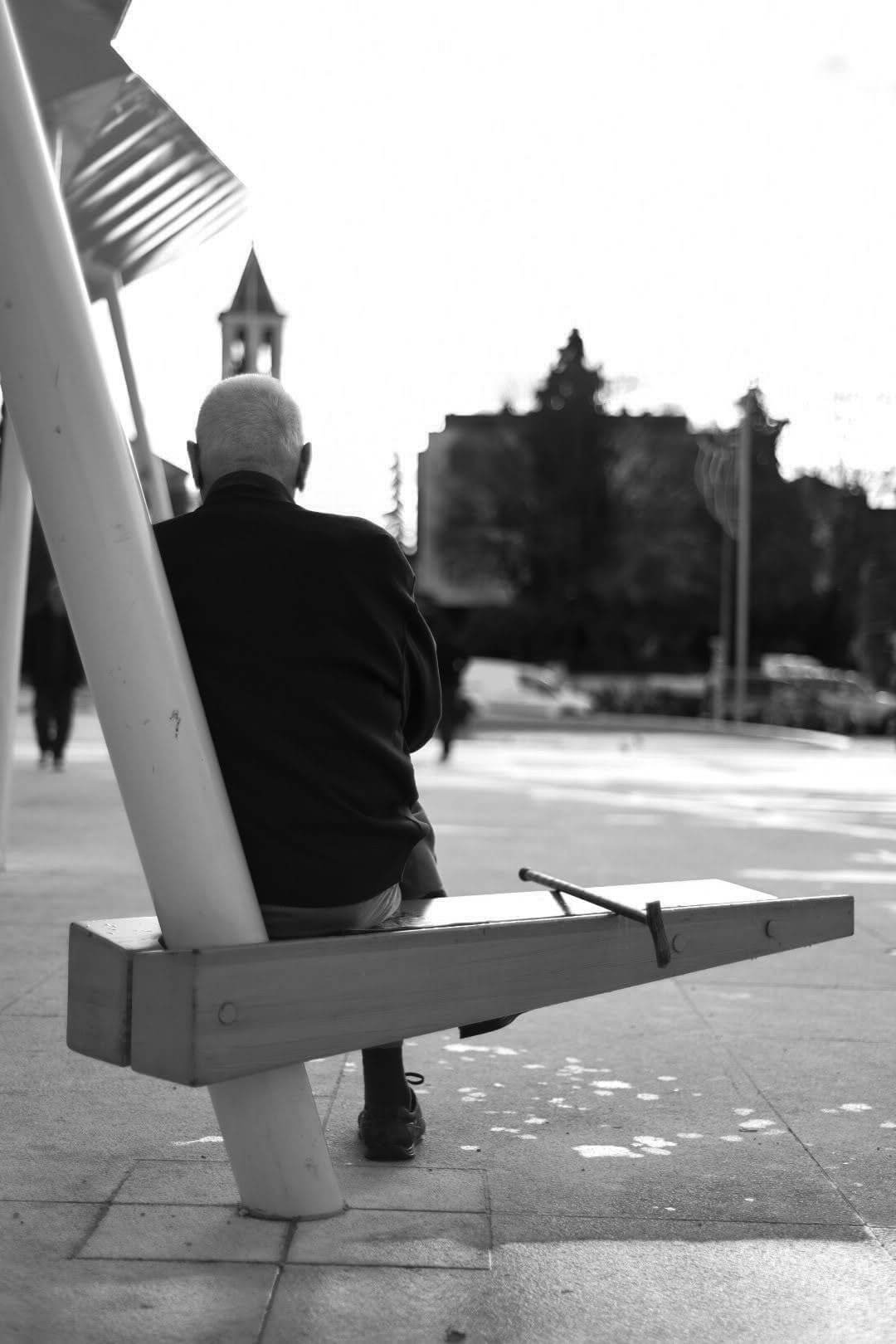
Your pictures are mostly from Šibenik. What makes it different from other Croatian cities?
Šibenik is my small town, full of great and creative people and artists. I know it's every stone and street and I love it's every single corner. I grew up there and I plan to stay there.
''Every person tells their story, although I don't know the life stories of all these people, I like to imagine myself and I give that freedom to everyone who looks at my photos. You don't have to be a child to be able to fantasize''.
- Tonka Lokas
Being a photographer, where do you see yourself in 10 years? Would you like to work as an independent photographer, work for a magazine, agency…?
In 10 years from now? I dream of having a space dedicated to teaching young people and children about photography and doing workshops. I'm afraid that true photography fades slightly due to technology and high-end cameras on mobile phones. It's all great, don't get me wrong, but we take it as given, and I like to see it as something more. That's what I'd like to show to those younger generations; a love of cameras and developed photographs.
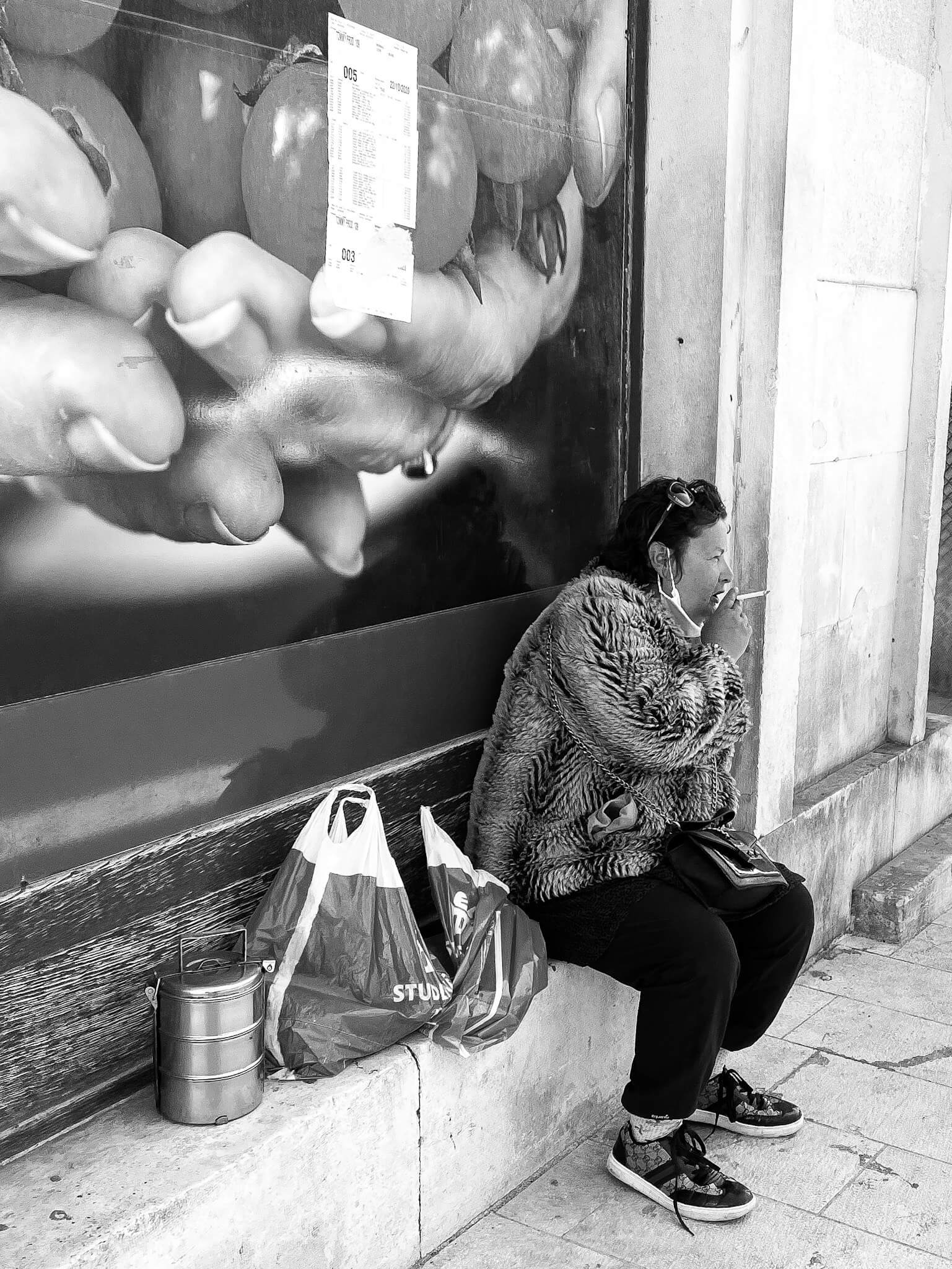
Nowadays, we see that most pictures shared through social media stand out for their bright and saturated colors. Why are you choosing the black and white format?
For me, black and white photography has a soul. And it all revolves around the imagination and emotion I want to convey. Talking about street photography, where everything is full of colors, we can say it's difficult for photo viewers to dig the emotion I experienced taking that photo. People are easily attracted to color, and maybe I’m just in love with a colorless world where we’re all equal.

How is a day in your life? Do you prepare yourself exclusively to take photos when going out? Or do you wear your camera as an accessory and it happens spontaneously?
I always carry a camera on my shoulder. I stop in one place, look around and catch spontaneity in people. We are most honest when we do not know that someone is taking our picture.
Who are your main photography references?
I strongly rely on a feeling while taking photos, so I can't say I look up to anyone in particular. But some of my favorite photographers are Bruce Gilden, Lee Friedlander, and Diana Arbus.
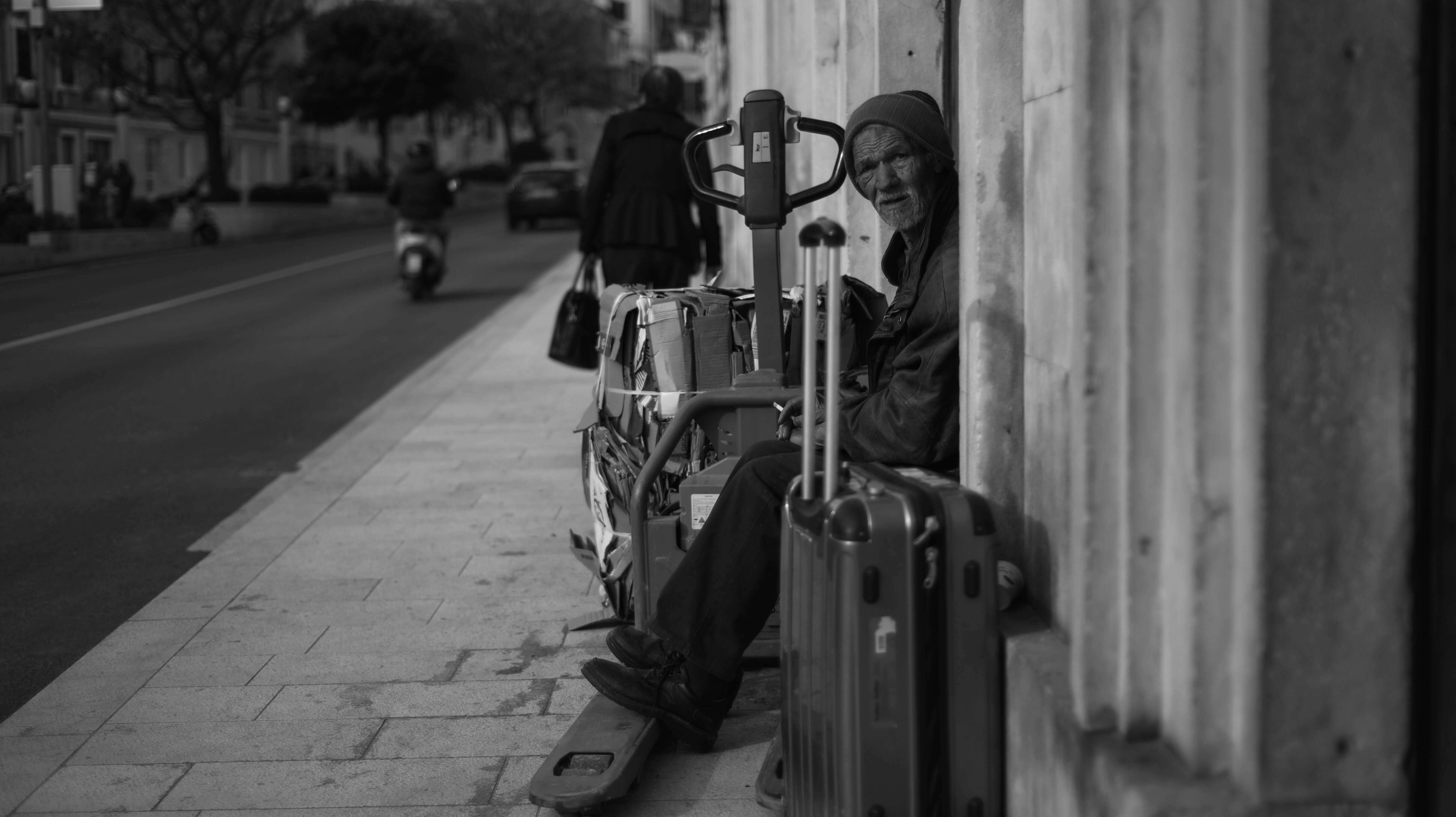
What are your short-term plans as a Croatian photographer? Are you currently working on a project? Are you planning on traveling?
My next plan is to realize an exhibition that I have been thinking of for quite some time. And of course, to learn, work and thrive in the photographic world. I love to travel, but because of the Covid situation, we all have to be a little more patient.
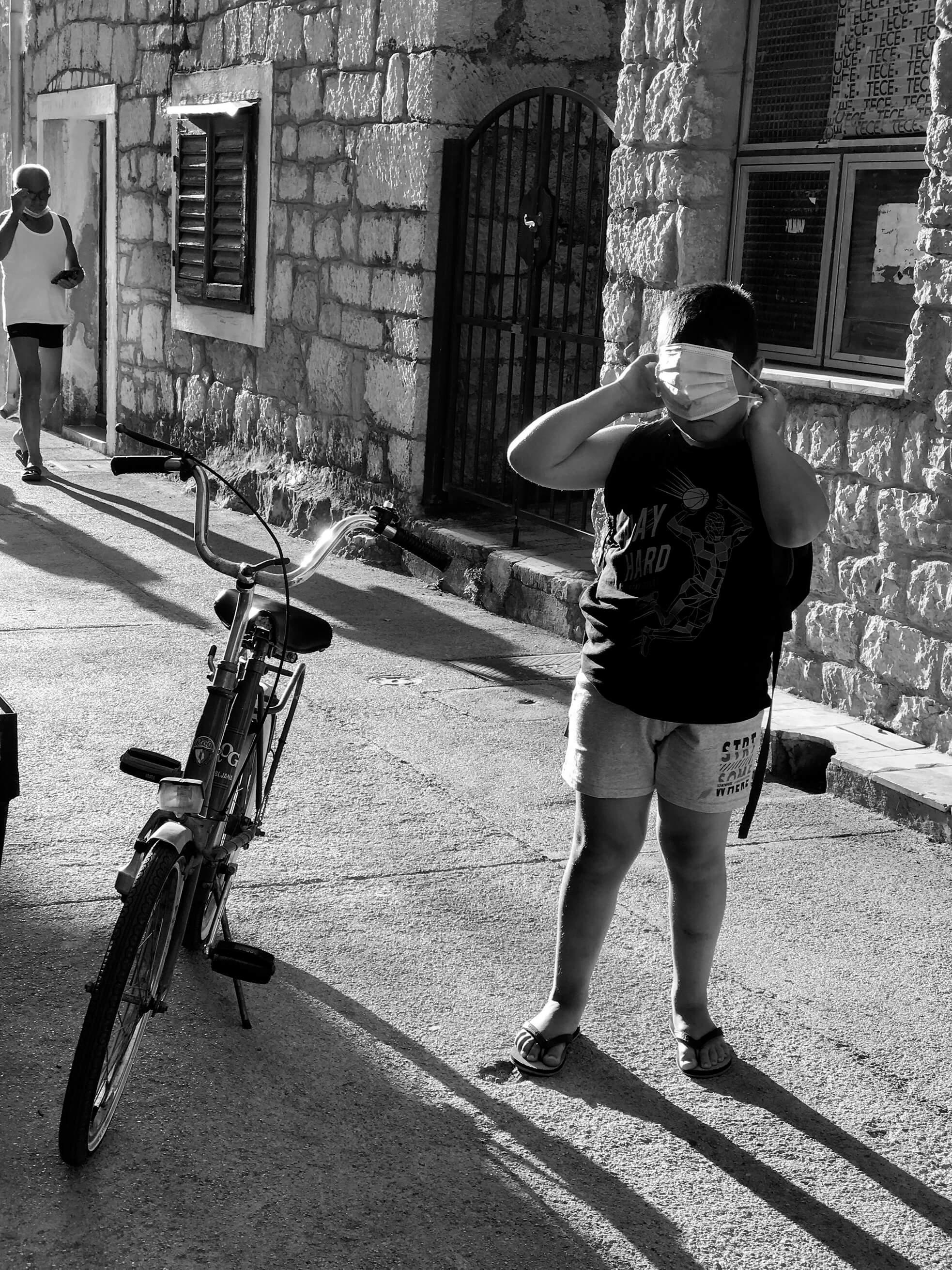
Besides photography, how would you describe your life in Croatia? What else do you like to do?
Life in Croatia is beautiful and relaxed. As young people, we have a lot of options to travel. My boyfriend and I travel a lot. Lately, it's mostly around Croatia, let's say once a month. Our goal is to visit as many islands as possible and of course the entire Dalmatian coast. We are Dalmatians and winter is not very dear to us, so we haven't started touring eastern Croatia yet.
I work as an emergency ambulance nurse and I love my job very much. As hard as the job is, at the end of the day it’s nice to know you’ve helped someone!
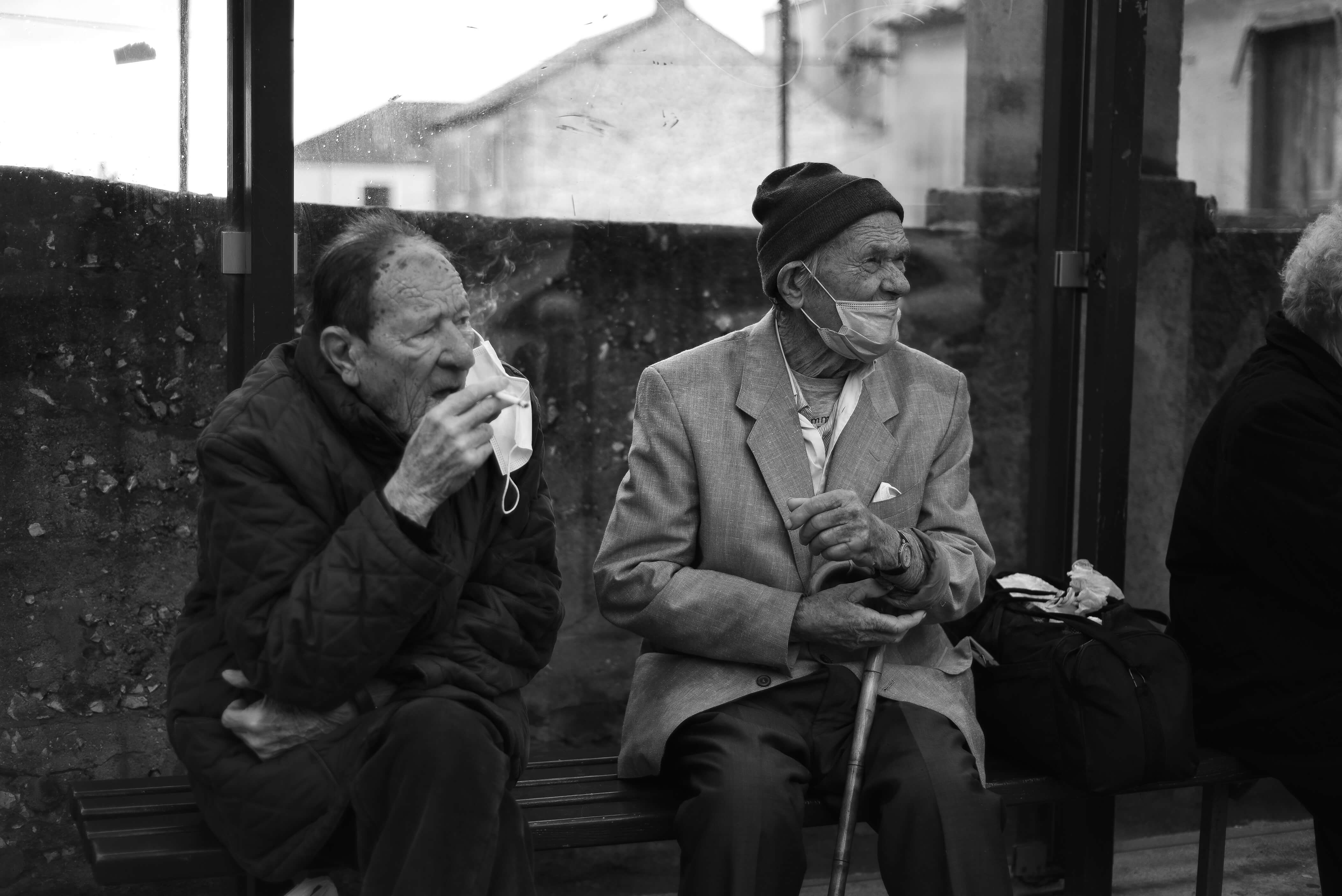
I believe that photographers like Tonka Lokas are living proof that documentary photography or street photography can still tell us thousands of stories every day in a city. I could not count the times that I have made excuses to believe that it is impossible: I do not have the camera I need, I should buy more lenses, due to the pandemic I do not know what photos I could take, maybe this city is not interesting enough... but the Images of this young photographer from Sibenik revive an inspiring phrase that I often hear from time to time: ''If you want to be a better photographer, stand in front of more interesting stuff''. Sometimes that's all it takes: paying attention.
If you want to see and learn more about Tonka’s amazing photography work and upcoming projects, you can do so by following her on her Instagram account.
You can learn more about what Šibenik can offer you on your next trip in Total Croatia’s Šibenik on a page, HERE. Total Croatia’s articles are now available in your language!
For more on art and culture in Croatia, follow TCN's dedicated lifestyle page.
10 PHOTOS: Incredible Images of the Best Croatian Artistic Photography 2021
March 4, 2021 – Following a national competition, the Croatian Photo Association have chosen the best Croatian artistic photography of the year. 10 incredible images will now represent Croatia in the prestigious Biennial of the International Federation of Photographic Art in Paris.
Following a national competition, the Croatian Photo Association (Hrvatski Fotosavez) have chosen the best Croatian artistic photography of the year. 10 incredible images will now represent Croatia in the prestigious Biennial of the International Federation of Photographic Art (FIAP) in Paris.
The International Federation of Photographic Art (FIAP - Fédération Internationale de l'Art Photographique)
The International Federation of Photographic Art (FIAP - Fédération Internationale de l'Art Photographique) is an international organization of national associations of photography. More than 85 national associations are members, comprising nearly one million individual photographers.
FIAP was founded by M. Van de Wijer of Belgium in 1946. Its first congress took place in Bern, Switzerland in 1950. At this time, one of the national photographic associations represented was that of Yugoslavia. Following the federation's break up, each of its former republics now runs its own national photography association. Continuing a 70 year tradition, they still enter the prestigious International Federation of Photographic Art Biennial.
FIAP congresses have grown so large over the years, they are now seperated into different categories and held once every two years. Black and white and nature photography have their biennials one year, and the next year colour photography gets its biennial. The competition congress visits different countries each year. The 2021 FIAP Colour Biennial will be held in Paris, France.
The FIAP Colour Biennial competition and congress is split into two parts. The oldest, and arguably the most prestigious part of the competition, sees the best photography appearing in print and displayed individually upon the walls of the host venue. 10 examples of the best Croatian artistic photography of the year have been chosen by Hrvatski Fotosavez to represent Croatia in this section of the event.
A further 20 Croatian entries will appear in the congress's other section – projected photography. These entries are submitted digitally, rather than in print, to be shown in projection at the event.
Following a national competition, the Croatian Photo Association have chosen the best Croatian artistic photography of the year to represent Croatia in the prestigious congress and competition.
The Croatian Photo Association (Hrvatski Fotosavez)
The Croatian Photo Association (Hrvatski Fotosavez) is the legal successor of the Photographic Association of Croatia, founded on March 27, 1949 in Zagreb, and the historical successor of the Croatian Amateur Photographic Association, founded on June 11, 1939 in Zagreb. Its members are individual photography clubs and societies from all over Croatia. From their ranks, the best Croatian artistic photography of the year have been chosen.
Photography and cinema club 'Picok' from Đurđevac (Foto kino klub Picok, Đurđevac)
For the 2021 entries to the Colour Photography Biennial in Paris, special mention must be given to the remarkable achievements of one society of photographers from the town of Đurđevac. Of the 30 photographs selected to represent Croatia in this year's competition, no less than 8 of them came from members of this one photography society. In addition to Mato Zeman and Željko Car, who are interviewed below, works by Ivan Hećimović and Ivan Nemet were also selected. According to these results, Photography and cinema club 'Picok' from Đurđevac are the most successful association in this year's Croatian Photo Association competition. Coincidentally, the four Đurđevac photographers had a large joint exhibition of award-winning photographs in Đurđevac just last year. After the event, all 40 works exhibited were donated by the photographers to the city of Đurđevac. Bravo Picoki!
FIAP, Hrvatski Fotosavez and the 10 photographers chosen for 2021 FIAP Colour Biennial have kindly given Total Croatia News exclusive permission to reproduce this year's print entries. Here, we profile the best Croatian artistic photography of the year and meet the photographers.
The Best Croatian Artistic Photography 2021
Damir Rajle 'Sunshine Road'
 Croatian artistic photography by Damir Rajle
Croatian artistic photography by Damir Rajle
My name is Damir Rajle. I am semi-professional photographer from Osijek. My primary profession is cartographer and land surveyor, mostly involved in digital orthophoto and topographic maps. My photograph 'Sunshine Road' is a wine road in Baranja. I am very often in that exact place. But, that day, the setting sun was directly ahead and so I tried a couple of shots. Suddenly, a boy came along, silhouetting himself against the sunlit road. The naturally hilly landscape of the vineyard adds to the composition.
Dušan Grbac 'Žuti'
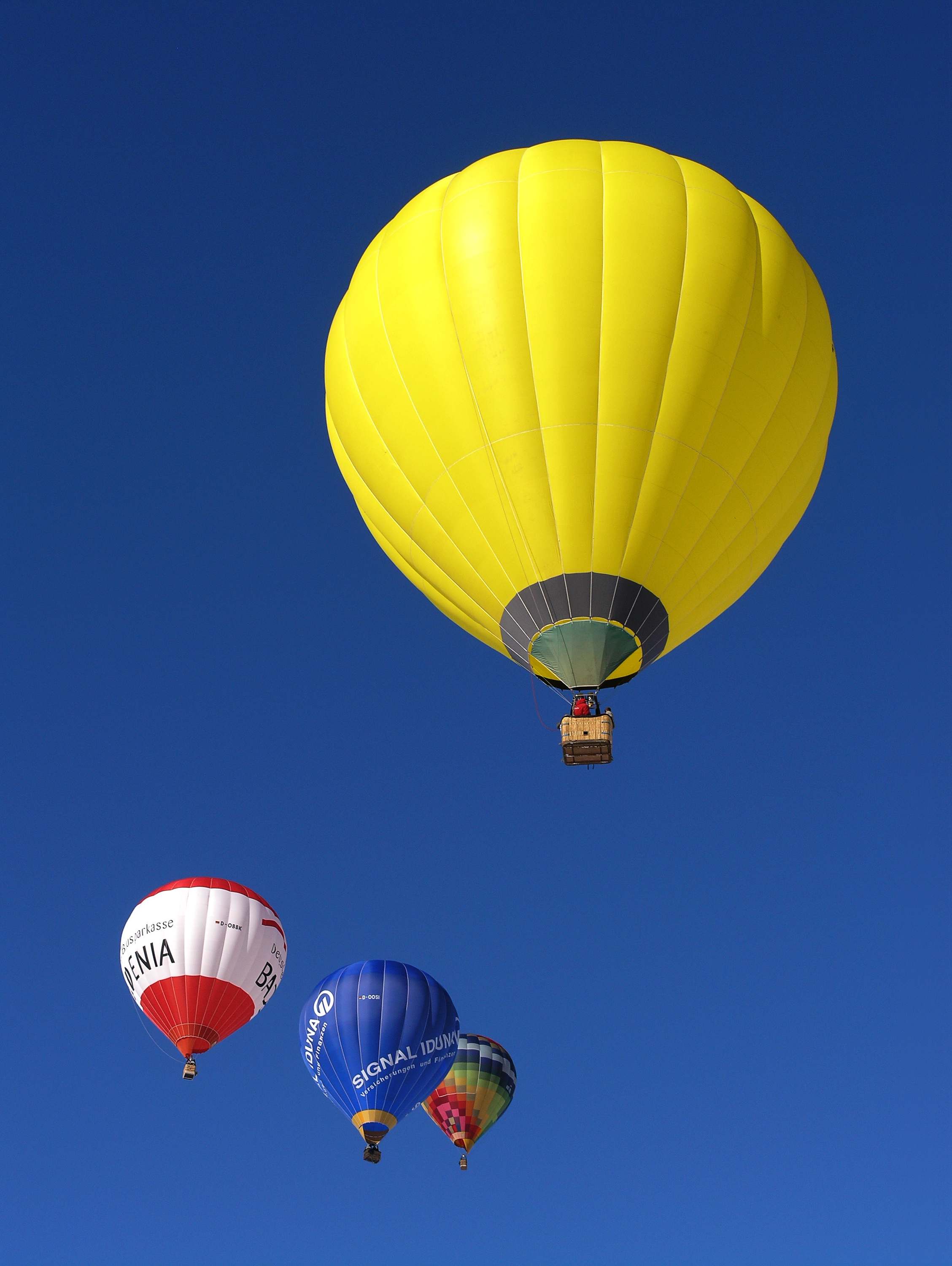 Croatian artistic photography by Dušan Grbac
Croatian artistic photography by Dušan Grbac
My name is Dušan Grbac and I was born in 1960, in Rovinj. I started shooting and developing black and white photography in 1975. I developed the photographs on my own in a small, analogue darkroom at home. In 1982 I became a member of the Photo Club Rovinj and thereafter participated in a number of exhibitions. In 2002 I embraced digital photography. I actually work as an IT specialist. In my free time, I like to engage in photography and I've held dozens of lectures and workshops about photography. I'd really like to pass on to others everything I've learned about photography over the years. 'Žuti' (Yellow) was actually taken in January 2006 in the Italian town of Dobbiaco. The annual balloon show was held at a temperature of -16 °C! This made the sky crystal blue. I couldn't resist that tonal contrast, the colours... and 'voila'.
Mirjana Spajić Buturac 'Saturn'
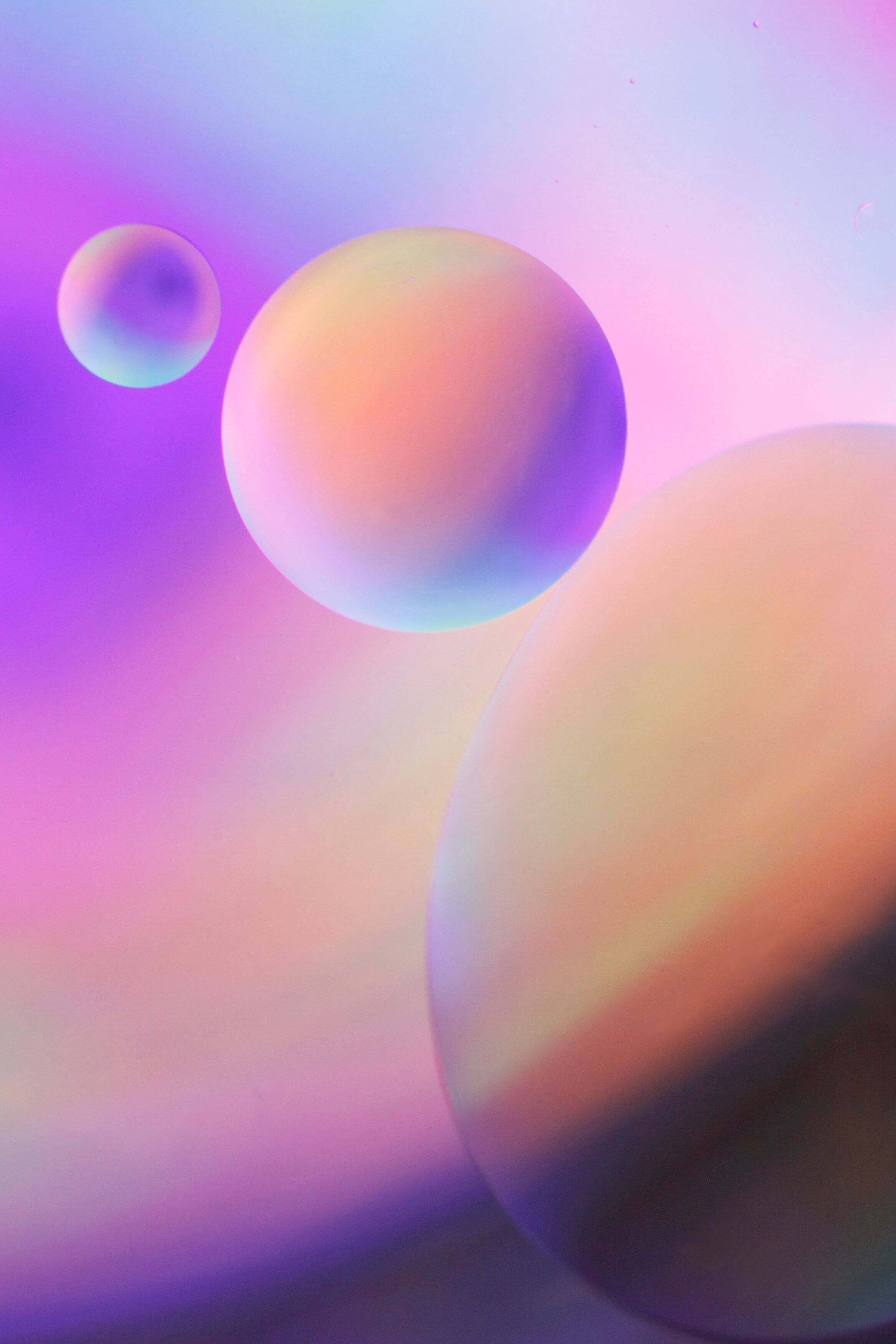 Croatian artistic photography by Mirjana Spajić Buturac
Croatian artistic photography by Mirjana Spajić Buturac
My name is Mirjana Spajić Buturac. I'm originally from Vinkovci, but I have been living in Zagreb for 20 years. I studied in Osijek and by profession, I am a professor of mathematics and informatics. I've been interested in photography since my student days. However, it was a colleague, Professor Vladimir Šimunić that truly awoke my passion for photography in me and in 2014 I certified as a photographer, enrolled in Fotoklub Zagreb and started participating in photography competitions. I took an online course at Udemy to perfected my use of Photoshop and photo processing. I work at the School of Crafts for Personal Services in Zagreb, which, among other things, has a photography major, and in addition to mathematics and computer science, I now also teach digital photography. I am so happy that photography has become a part of my job! 'Saturn' was taken in December 2020. It shows drops of olive oil in water. Under the influence of ultraviolet light and a fluorescent poster under the bowl of water, the oil droplets took on a three-dimensional effect. My seven-year-old son Leon noticed that the largest droplet had a dark ring, like Saturn. That's how the photo got its name.
Mato Zeman 'Spring Fields'
 Croatian artistic photography by Mato Zeman
Croatian artistic photography by Mato Zeman
My name is Mato Zeman and photography has been my hobby for long time. I live in Kloštar Podravski, a small village in Podravina, between the river Drava on the north and Bilogora mountain on the south. In my full0time job I worked in the 112 Emergency Centre in Koprivnica, but I've now been retired for 2 years. Photography is my hobby for a long time. I've participated in several international photo contests. In 2015, FIAP awarded me the honorary title FIAP Artist and three years later the title EFIAP (Excellence Fédération Internationale de l'Art Photographique). I am a member of the Photo and Cinema club 'Picok' in Đurđevac. I'm also a member of the local artistic association 'Kloštranska paleta' in my home village. Two of my works were selected for FIAP 2021 Biennial of Colour Photography in France and will represent my country. I am very proud of this. The one appearing in print 'Spring Fields' was taken at the fields of young corn on the slopes of Bilogora. The rows of corn are in a nice S line, the sky is partly cloudy with the sun shining through.
Nenad Martić 'Red, White and Blue 2'
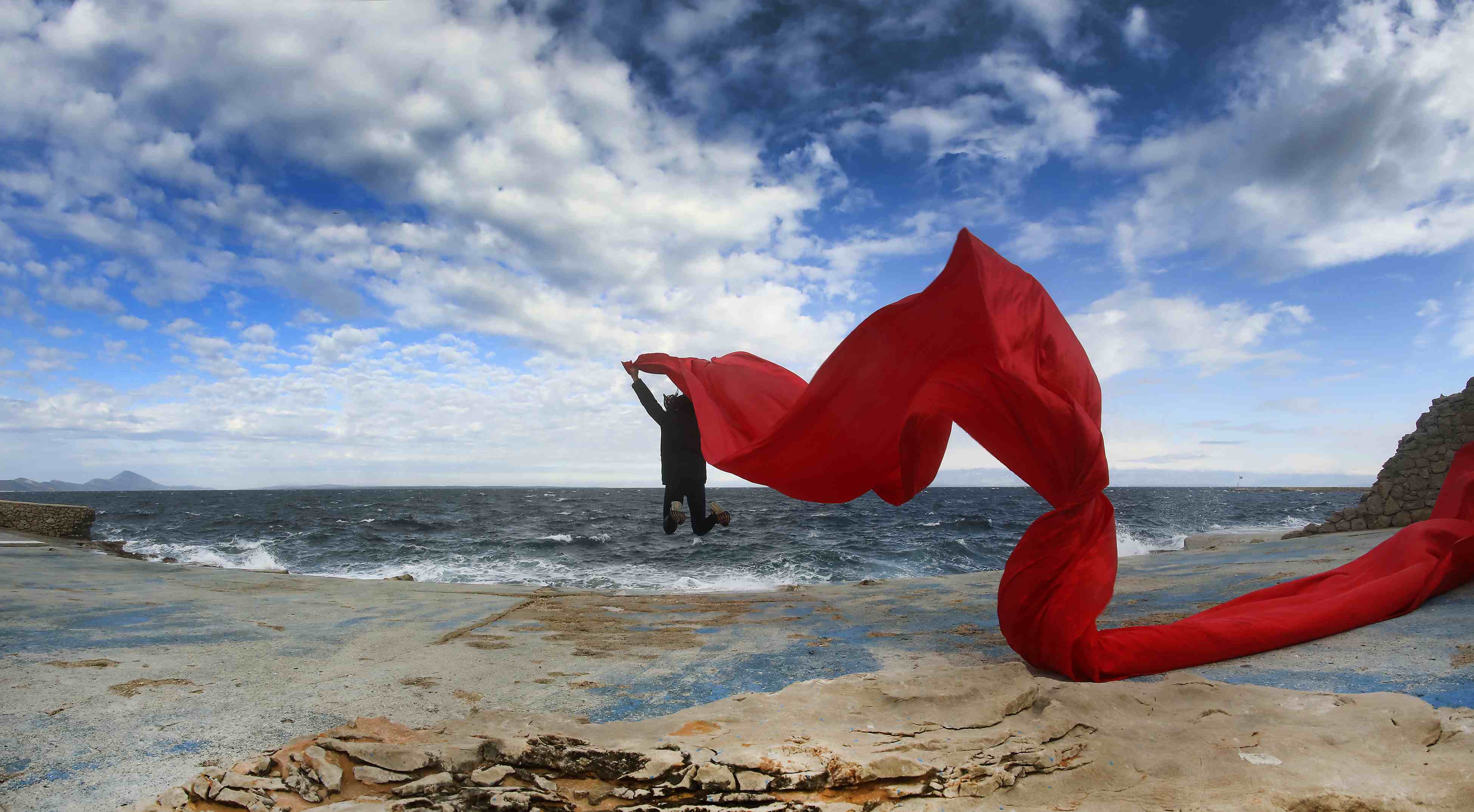 Croatian artistic photography by Nenad Martić
Croatian artistic photography by Nenad Martić
My name is Nenad Martić. I was born in 1951 in Zagreb, where I graduated from the Department of Fine Arts at the Faculty of Education, University of Zagreb.I devoted most of my professional career to graphic design and illustration, beginning in the 1980s with the Start and Svijet magazines. The second half of my career was marked by the gradual introduction of a new artistic expression; digital photography. Free of assignment of specific commissions and deadlines, artistic photography became a passion. I dedicated myself to it for the last ten years. I take different kinds of photographs, but I most prefer street photography. It's a kind of documentary photography, focusing on the nuances of human gestures and street context, capturing and conveying the moment to those who are not there. 2014 was a turning point for me because I joined Photo Club Zagreb. Thereafter, I had three solo exhibitions, was included in over a hundred group ones and won several international and national awards and nominations. These included the Ferdinand Soprano Grand Prix and the Viktor Hreljanovic Award from Photo Club Rijeka in 2019, most successful author and the most successful Croatian author at the 39th Zagreb Salona in 2020 and I won the prestigious Tošo Dabac Award 2019 for outstanding contribution to photography in Croatia. My photo 'Red, White and Blue 2' was taken on the island of Lošinj. The model is my daughter. It is one of a series of photographs taken with red cloth.
Silvija Butković 'Together'
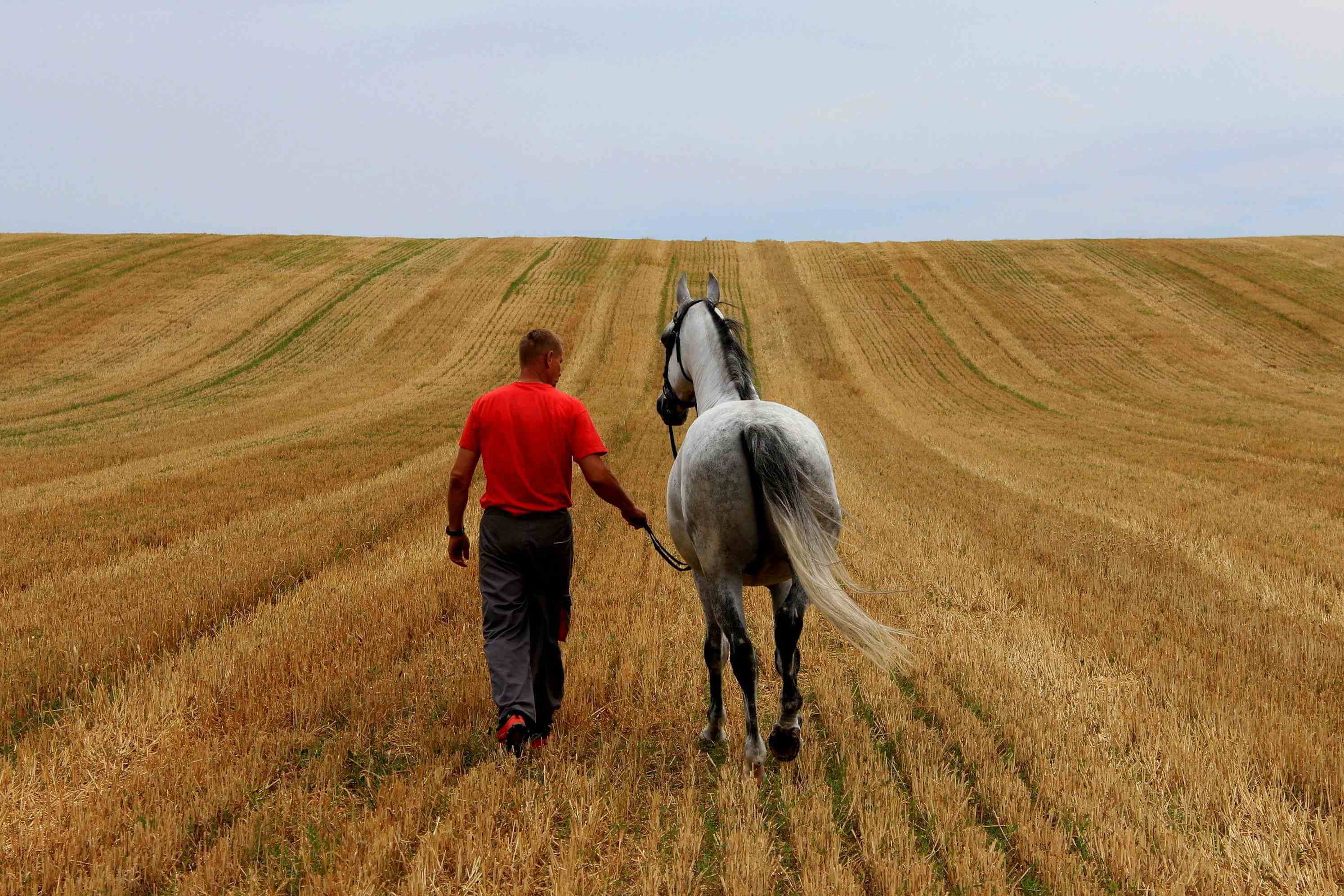 Croatian artistic photography by Silvija Butkovic
Croatian artistic photography by Silvija Butkovic
My name is Silvija Butkovic and I was born in 1964 in Osijek, Croatia. As a child, I lived on the island Lošinj. I returned to Slavonia when I entered University. I now live and work in Đakovo as manager of tourism an public relations at the State Stud Farm Đakovo (National Lipizzan Stud Farm Đakovo - Državna ergela Đakovo). Language and photography are my great loves. Lately, I've been making photo haigas, a Japanese combination of poetry and photography. The World Haiku Association recently awarded me the title Master of Haiga for my work. You can see some of it on their website www.worldhaiku.net/haiga. Lošinj and the heart of the Slavonian plain are a constant inspiration. I also adore horses and I love watching them through the camera. I'm a member of 'Photo-cinema Club Djakovo', 'Photo-Club Rijeka' and 'Matica Hrvatska'
Željko Car 'Spring'
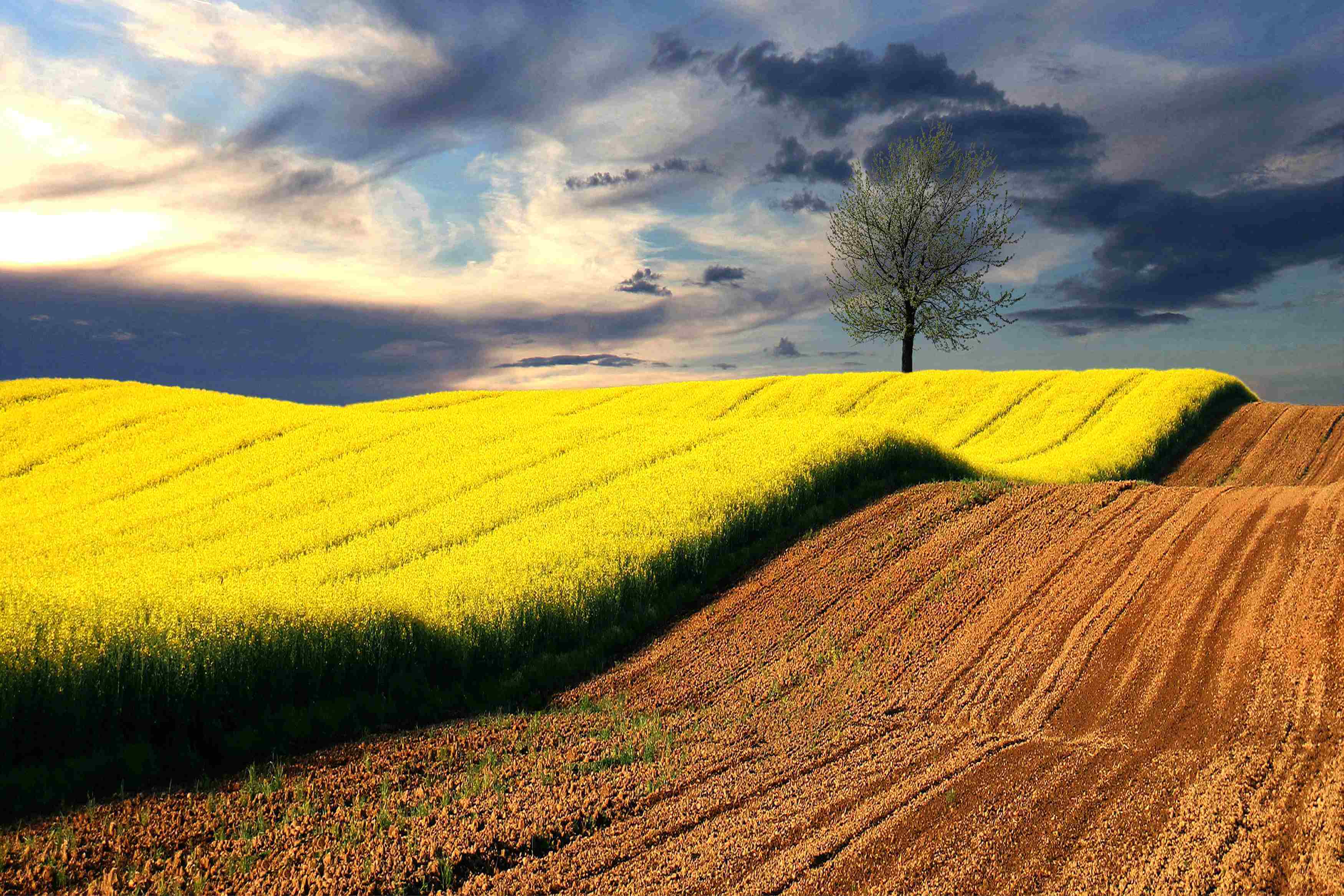 Croatian artistic photography by Željko Car
Croatian artistic photography by Željko Car
My name is Željko Car. I'm a lawyer by profession. I first published photos in newspapers (I was a correspondent for several). Since 1984 I've participated in exhibitions in many countries around the world. I have more than 300 awards and diplomas, and I received the honorary title of EFIAP. Two of my photos were selected for the 2021 Biennial of Colour Photography in France - 'Spring' and 'Snow on the river bank'. Both photos were taken near Đurđevac, the city where I live. With 'Spring' I wanted to show the beauty and ambient values of the area where I live. It was actually taken in the spring of 2000.
Aleksandar Tomulić 'Valencia 5'
 Croatian artistic photography by Aleksandar Tomulić
Croatian artistic photography by Aleksandar Tomulić
My name is Aleksandar Tomulić and I'm from Rijeka. I'm a semi-professional photographer. My main profession is IT. I've been taking photos since I was a kid. I was born in 1967. I became more seriously involved in photography in 2004. It's the magic of capturing an unrepeatable moment that fascinates me, and the feel for light and composition. I prefer street photography and seaside motifs, and I like to experiment with abstract images. Since 2013 I've volunteered to give classes and workshops. I'd like to pass on what I've learned about photography. I've had 15 one-man shows, participated in over 500 group shows and received over 320 awards. The Croatian Photo Association have selected my work ten times to represent Croatia at FIAP Biennales. I'm a member of 'Fotoklub Color' and 'Fotoklub Pag.' My photo 'Valencia 5' was taken, of course, in Valencia in the City of Art and Science. I took the shot in 2018. That new part of Valencia is the concept of famous architect Santiago Calatrava.
Ante Jaša 'Knot in Passage'
 Croatian artistic photography by Ante Jaša
Croatian artistic photography by Ante Jaša
My name is Ante Jaša. I was born on 19th October 1951 in Kukljica-Zadar. From the earliest days of my childhood, I played with a 'box camera' we had at home. My grandfather bought it in New York. He could never have known this would lead to his grandson having solo photography exhibitions in out home town. In 1970, my photography and writing started to be published in dailies (newspapers), weeklies and journals. By 1999 I'd progressed to be on the editorial board of the feuilleton “Mareta” (Wave) in the paper “Narodni list” - Zadar. I've exhibited my works at 418 collective exhibitions on every continent and have received numerous awards. I'm a member of the photo clubs 'Zagreb', 'Zadar' and 'Kornat' Kukljica. Sea and stone are the main motifs of my work. There's an inherent tension between them which I'm exploring. By taking photographs of both traditional and modern ways of life on the islands near Zadar, I show their natural ambience, the sea as well as on the mainland around Zadar. My photo 'Knot in Passage' was actually taken in 2015. The photo shows the entrance to the Art Gallery in Zadar. In the courtyard of the entrance was a modern metal sculpture. I put the sculpture in the foreground. The entrance is wide open and a passerby can be seen on the street. The sculpture seems to be inviting people to enter the gallery.
Ivan Nemet 'Field Geometry'
 Croatian artistic photography by Ivan Nemet
Croatian artistic photography by Ivan Nemet
My name is Ivan Nemet. I was born in Kloštar Podravski. I am retired and I spent my entire working life working on oil wells all over the world. Photography has been a hobby since my early days. I love all kinds of photos, but my favourite is landscape photography. Over the last few years, I’ve quite often been taking photos with a drone. Photographs from a bird's eye view are often interesting because they reveal compositions that cannot be seen from the ground. I've participated in various international photography exhibitions, one of them being this year's 29th Biennale in France. The Croatian jury selected two of my photos. They were both taken using a drone. The name of the first photo is 'Reed car'. It was made in the winter on the mountain Bilogora. The name of the other photo is 'Field Geometry'. The emphasis is on the lines created by the action. Both were made not far from where I live, in the continental part of Croatia, between the river Drava and the small mountain Bilogora. The name of this part of Croatia is Podravina.
For the latest travel info, bookmark our main travel info article, which is updated daily.
Read the Croatian Travel Update in your language - now available in 24 languages.
PHOTOS: Epic Croatia Weather Photography Stuns The World
December 20, 2020 – The 13 winners of the incredibly popular World Meteorological Organization annual competition have just been announced, and two fine pieces of Croatia weather photography are among them. These spectacular images of Croatia weather photography show all 9 Croatian photographs which reached the final in 2020 and all 10 Croatian finalists who similarly stunned the global audience in 2019
Croatia weather photography: the two newly announced winners from the 2020 competition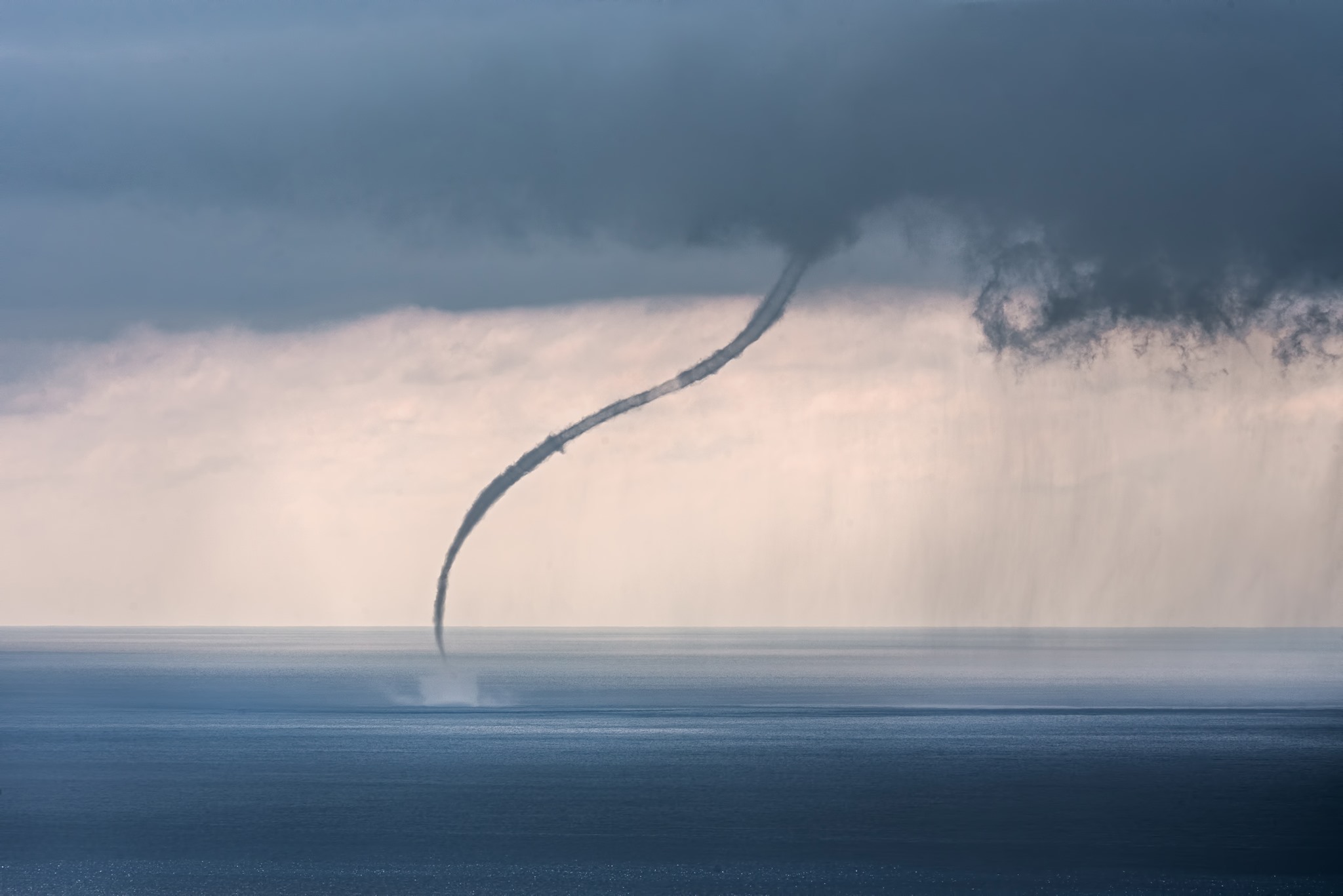 Photographer: Sandro Puncet Photo taken: Losinj island
Photographer: Sandro Puncet Photo taken: Losinj island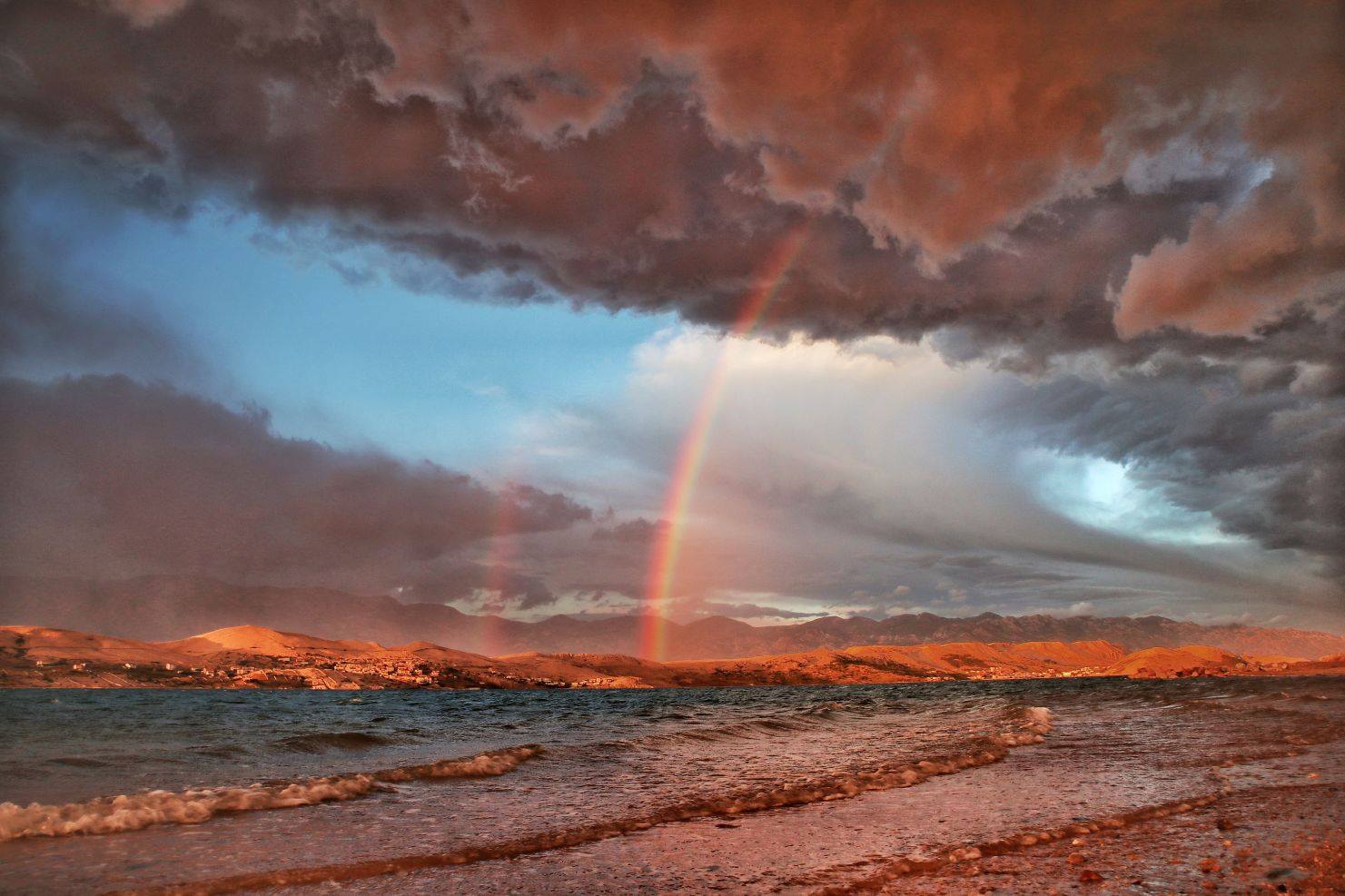 Photographer: Zrinka Balabanic Photo taken: Pag island
Photographer: Zrinka Balabanic Photo taken: Pag island
Thanks to its popularity as a tourist destination, lots of people are now used to seeing beautiful photos of Croatia. Although, the images they usually see are of idyllic beaches, cloudless skies, stunning nature and turquoise blue seas. But, as anyone who knows the country will tell you - and as these photos show - Croatia isn't always like that.
Croatia weather photography: the two newly announced runners-up from the 2020 competition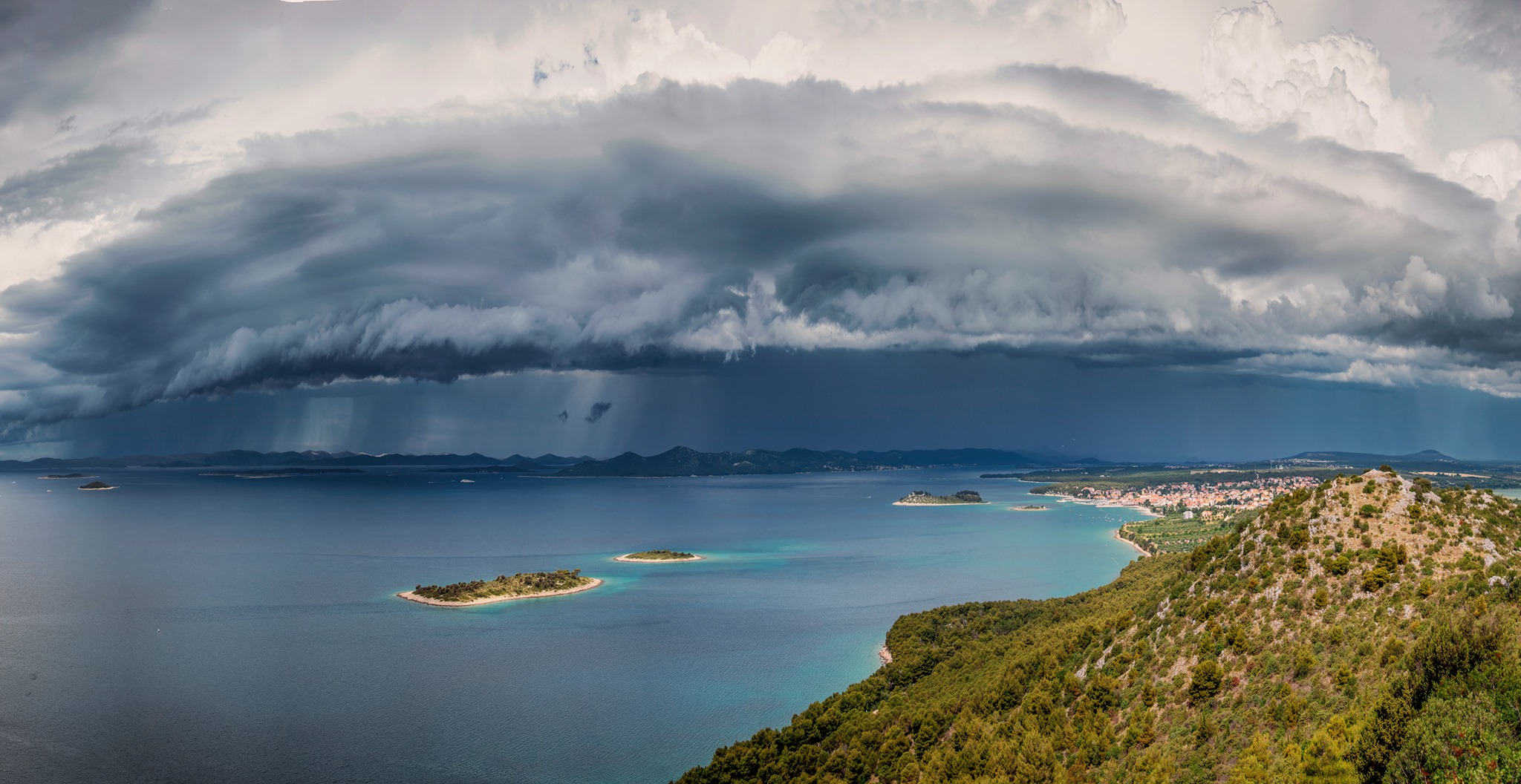 Photographer: Šime Barešić Photo taken: Drage, Pakostane
Photographer: Šime Barešić Photo taken: Drage, Pakostane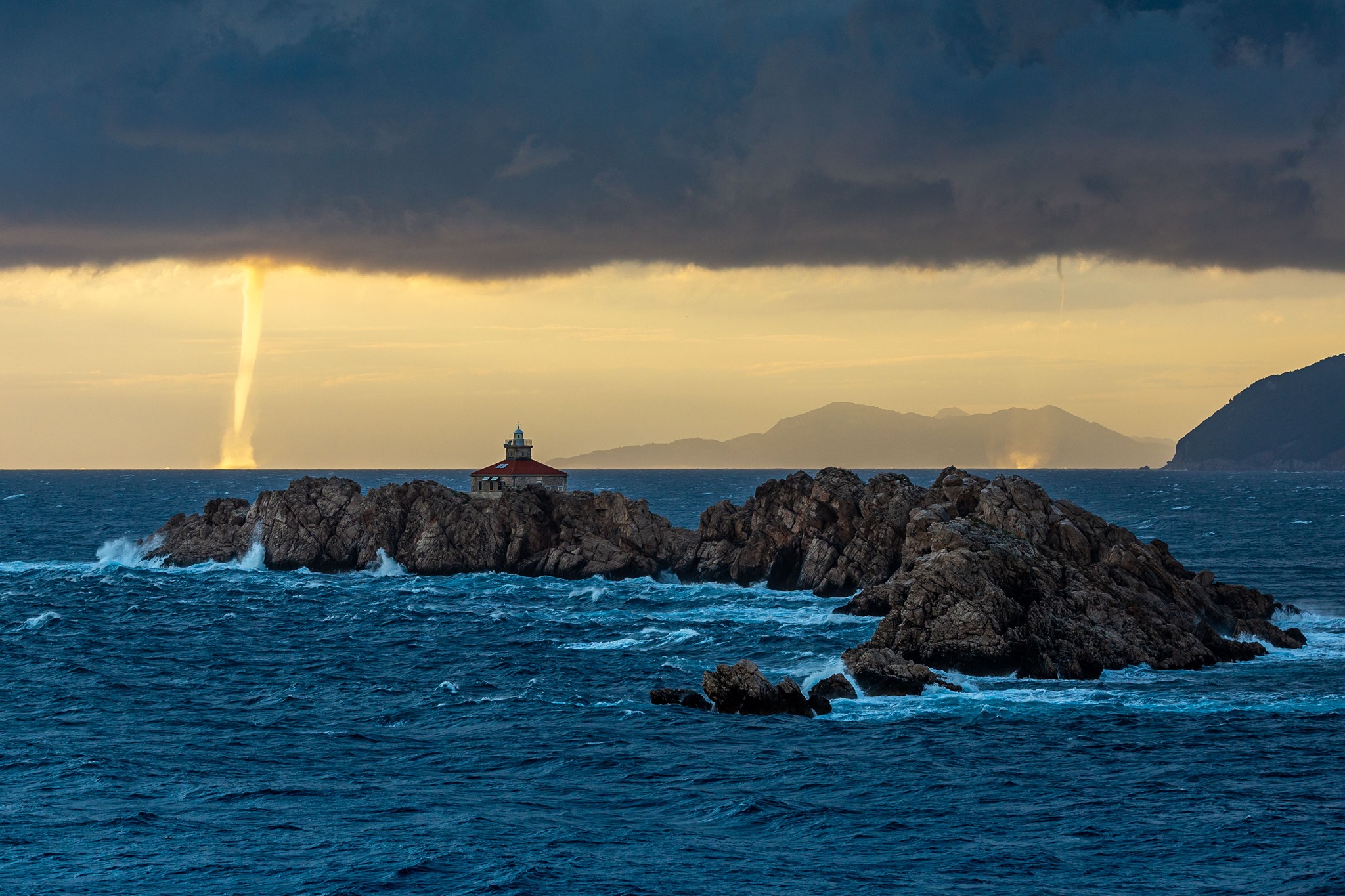 Photographer: Mislav Bilic Photo taken: Lapad Peninsula, Dubrovnik
Photographer: Mislav Bilic Photo taken: Lapad Peninsula, Dubrovnik
Out of season, Croatia can experience vastly different weather conditions to those advertised in travel brochures and blogs. And, whenever there's a spectacular weather occurrence, usually there's a photographer out there, braving the elements, trying to capture it.
Over recent years, some of the best Croatia weather photography has featured in the annual competition organised by the World Meteorological Organization. 2020 has been no different.
The other five Croatian finalists from the 2020 competition Photographer: Šime Barešić Photo taken: Drage, Pakostane
Photographer: Šime Barešić Photo taken: Drage, Pakostane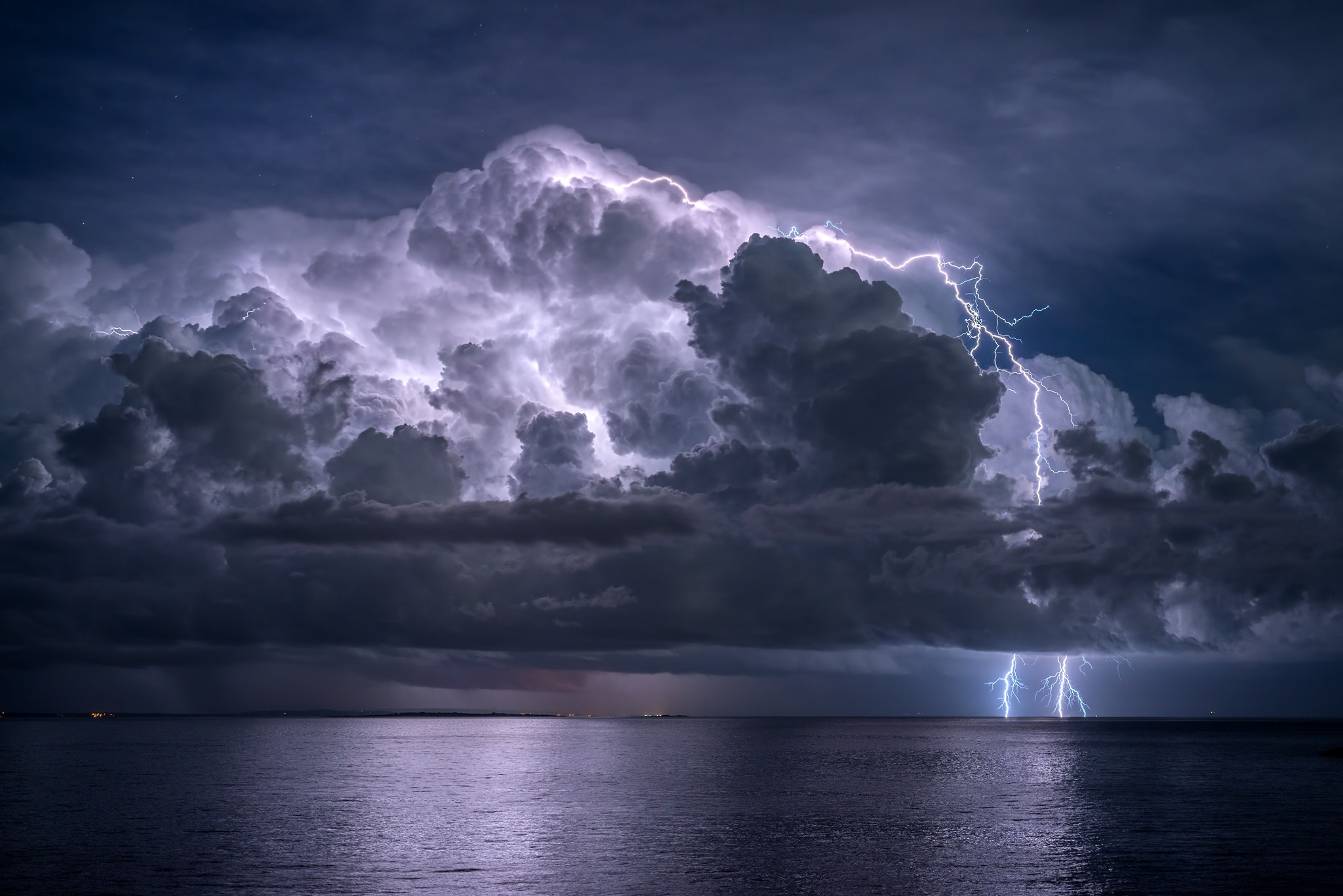 Photographer: Sandro Puncet Photo taken: Losinj island
Photographer: Sandro Puncet Photo taken: Losinj island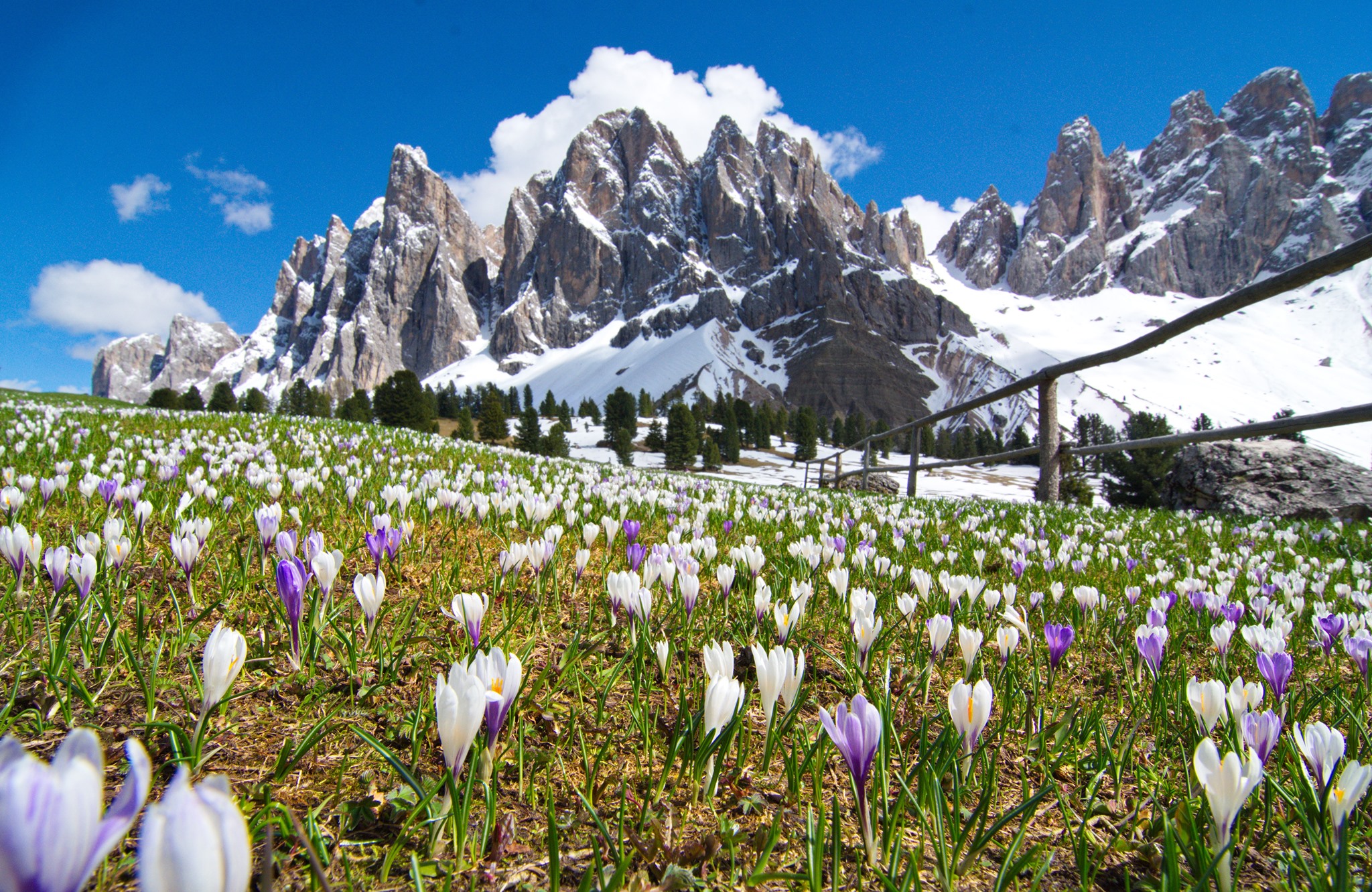 Photographer: Zoran Stanko Photo taken: Geisler Alm, Dolomites, Italy
Photographer: Zoran Stanko Photo taken: Geisler Alm, Dolomites, Italy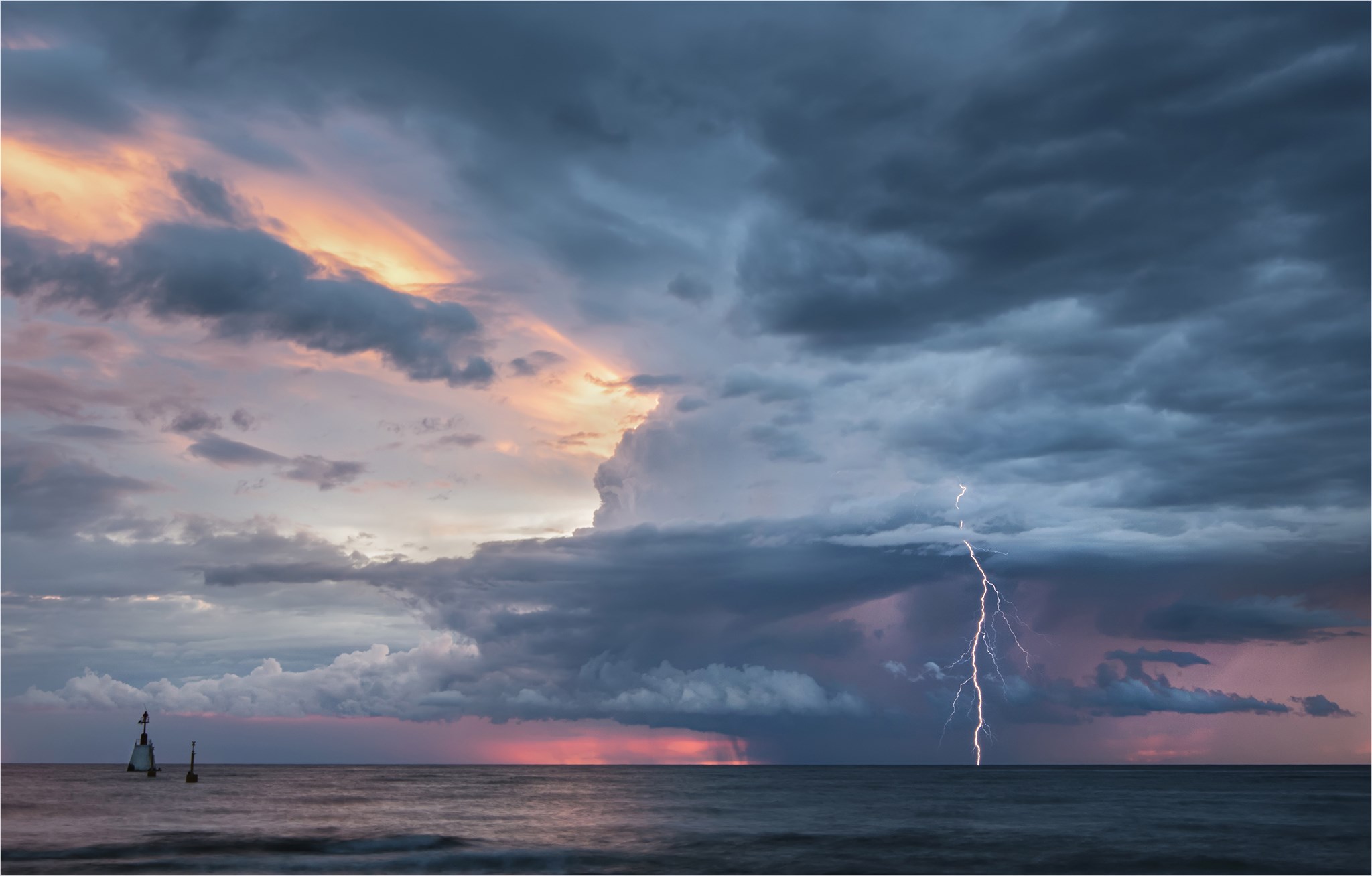 Photographer: Maja Kraljik Photo taken: Umag, Istria
Photographer: Maja Kraljik Photo taken: Umag, Istria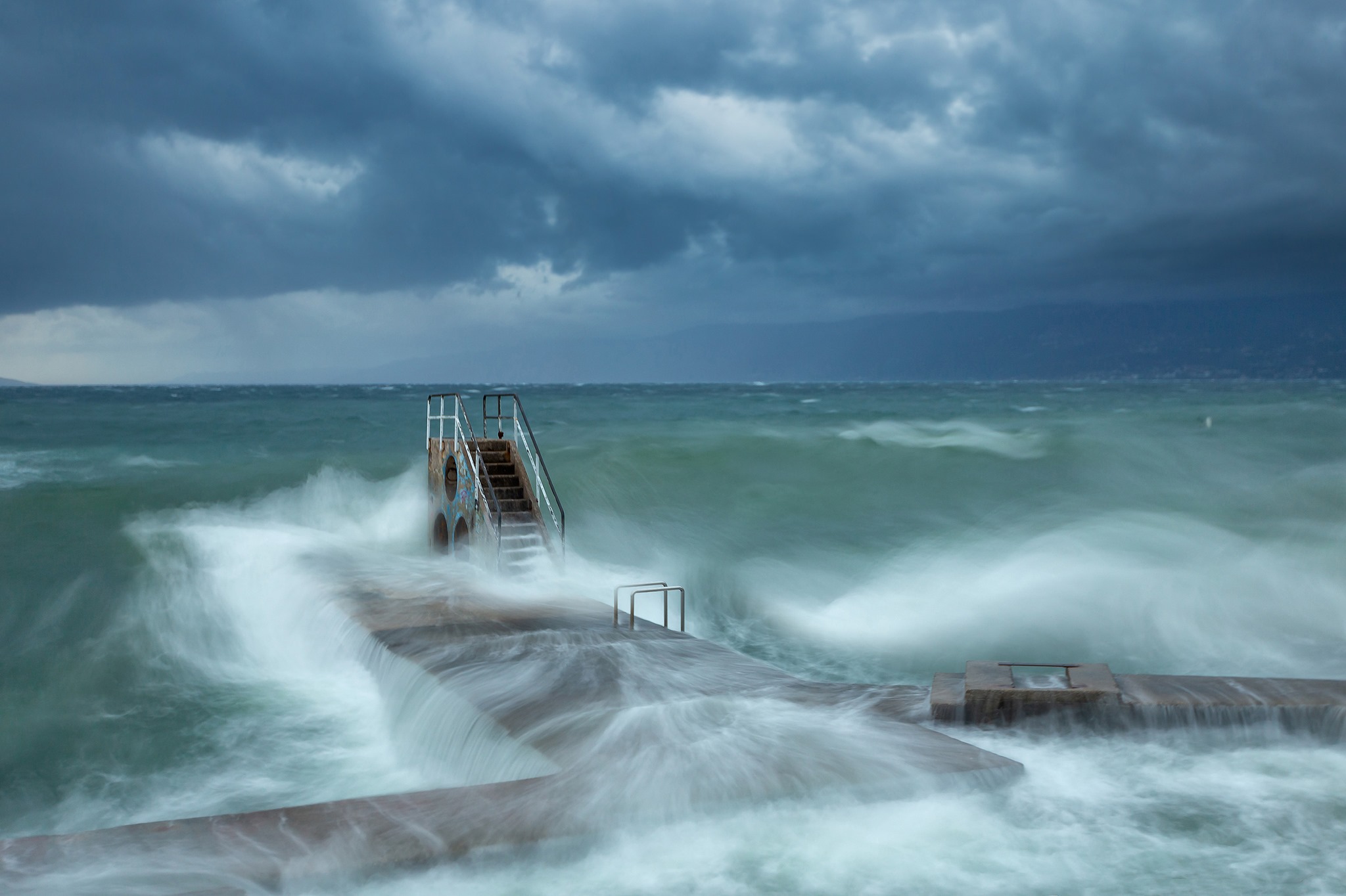 Photographer: Igor Popovic Photo taken: Rijeka
Photographer: Igor Popovic Photo taken: Rijeka
The winners of this year's competition have just been announced and the two fantastic examples of Croatia weather photography within the top 13 will take their place in the 2021 World Meteorological Organization calendar.
The 10 Croatian finalists from the 2019 competition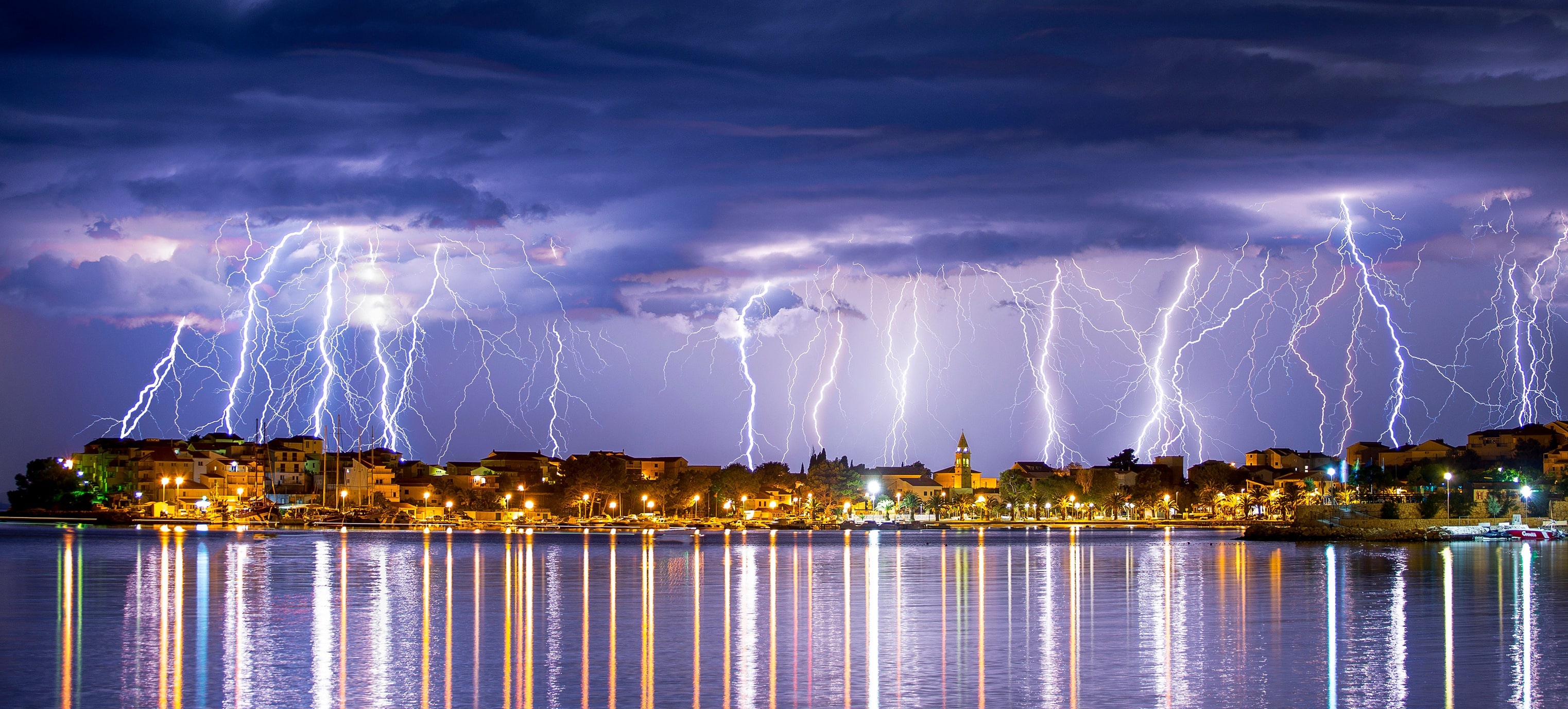 Photographer: Danica Sičič Photo taken: Srobreč, Dalmatia
Photographer: Danica Sičič Photo taken: Srobreč, Dalmatia Photographer: Romeo Ibrišević Photo taken: Plitvice Lakes National Park
Photographer: Romeo Ibrišević Photo taken: Plitvice Lakes National Park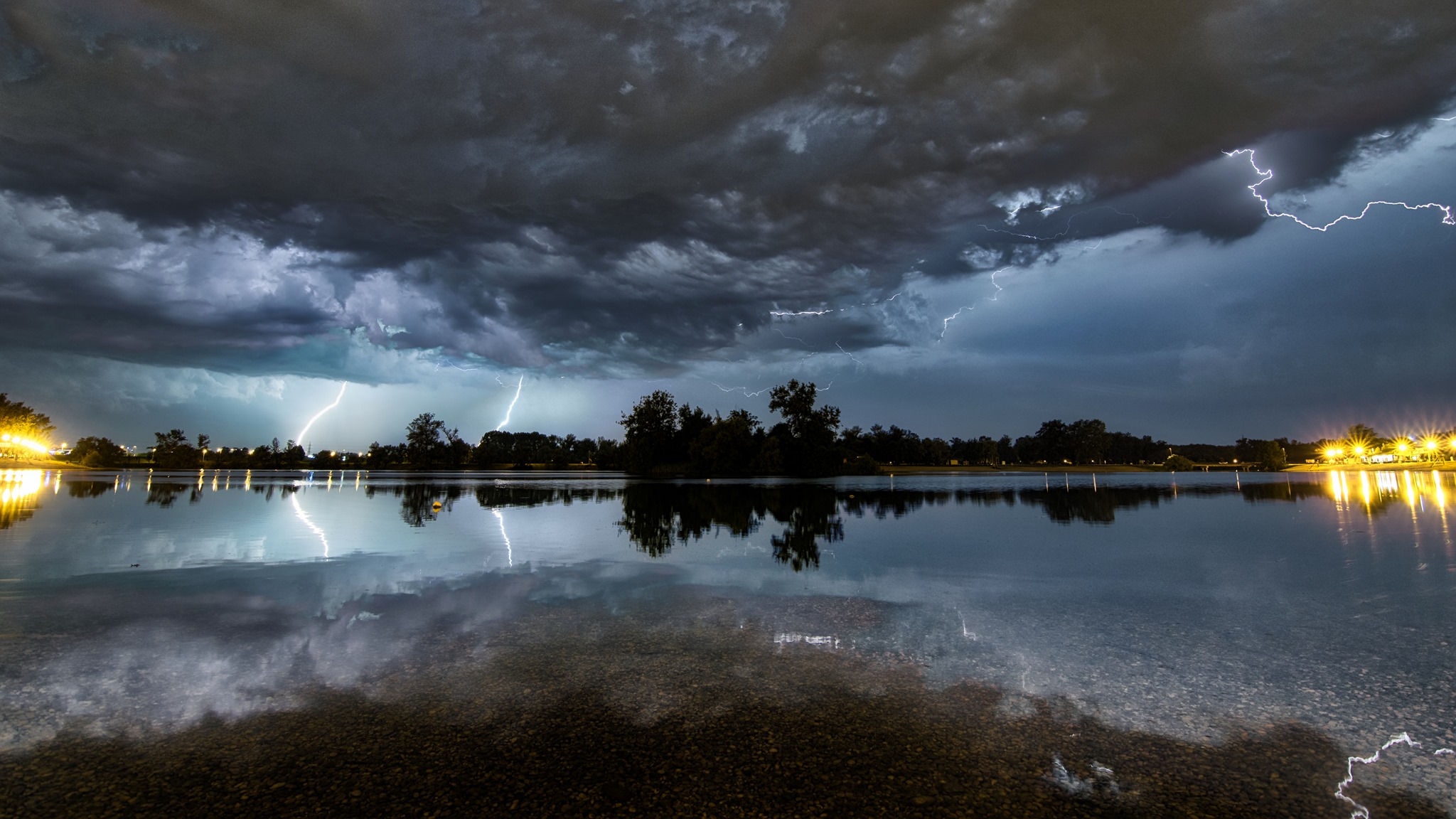 Photographer: Božan Štambuk Photo taken: Bundek park, Zagreb
Photographer: Božan Štambuk Photo taken: Bundek park, Zagreb Photographer: Miroslava Novak Photo taken: Pribislavec, Međimurje
Photographer: Miroslava Novak Photo taken: Pribislavec, Međimurje
As well as the two winners, two further examples of Croatia weather photography came in the runner-up category, of which there were 12 in total.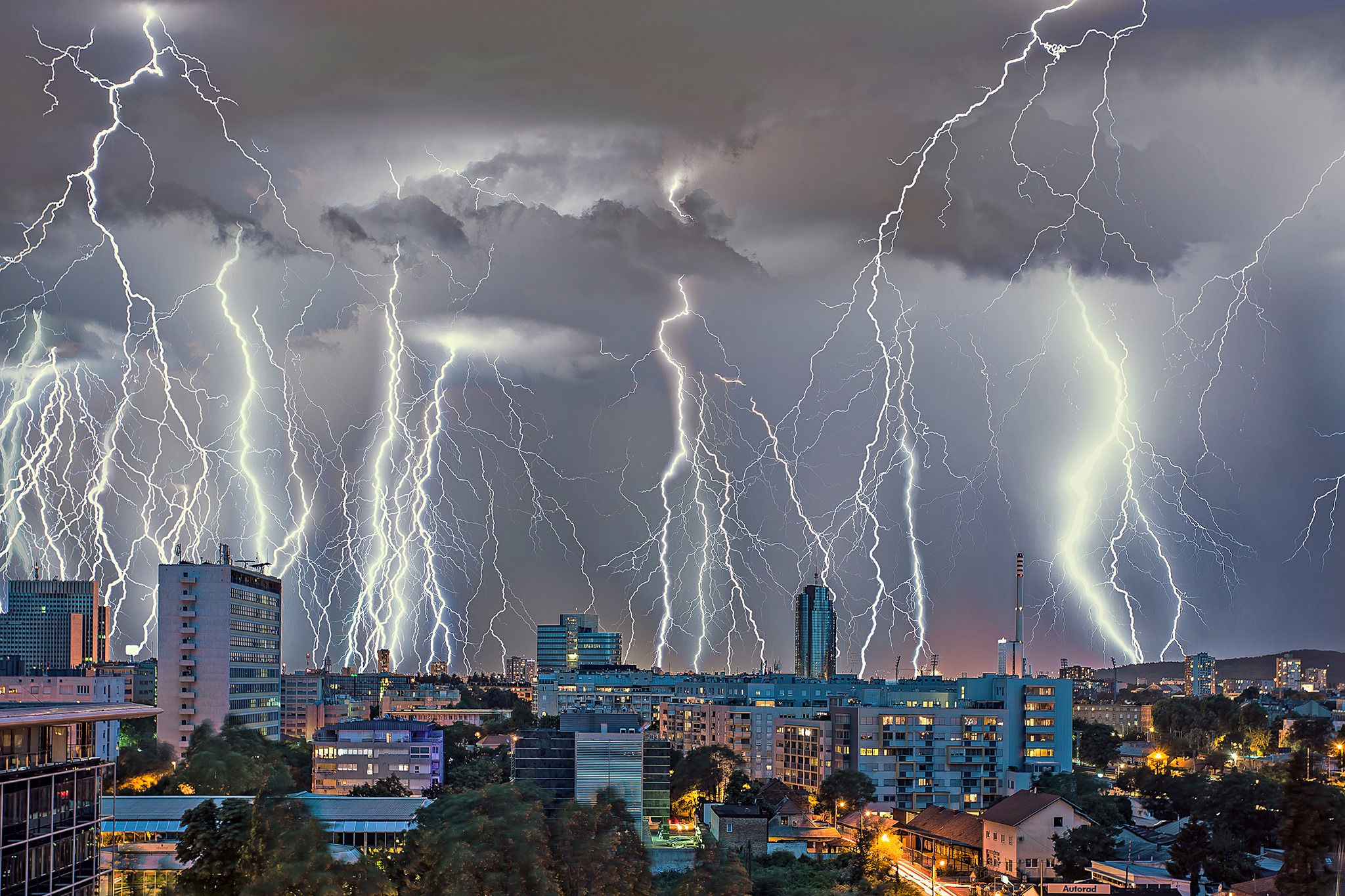 Photographer: Francesca Delbianco Photo taken: Zagreb
Photographer: Francesca Delbianco Photo taken: Zagreb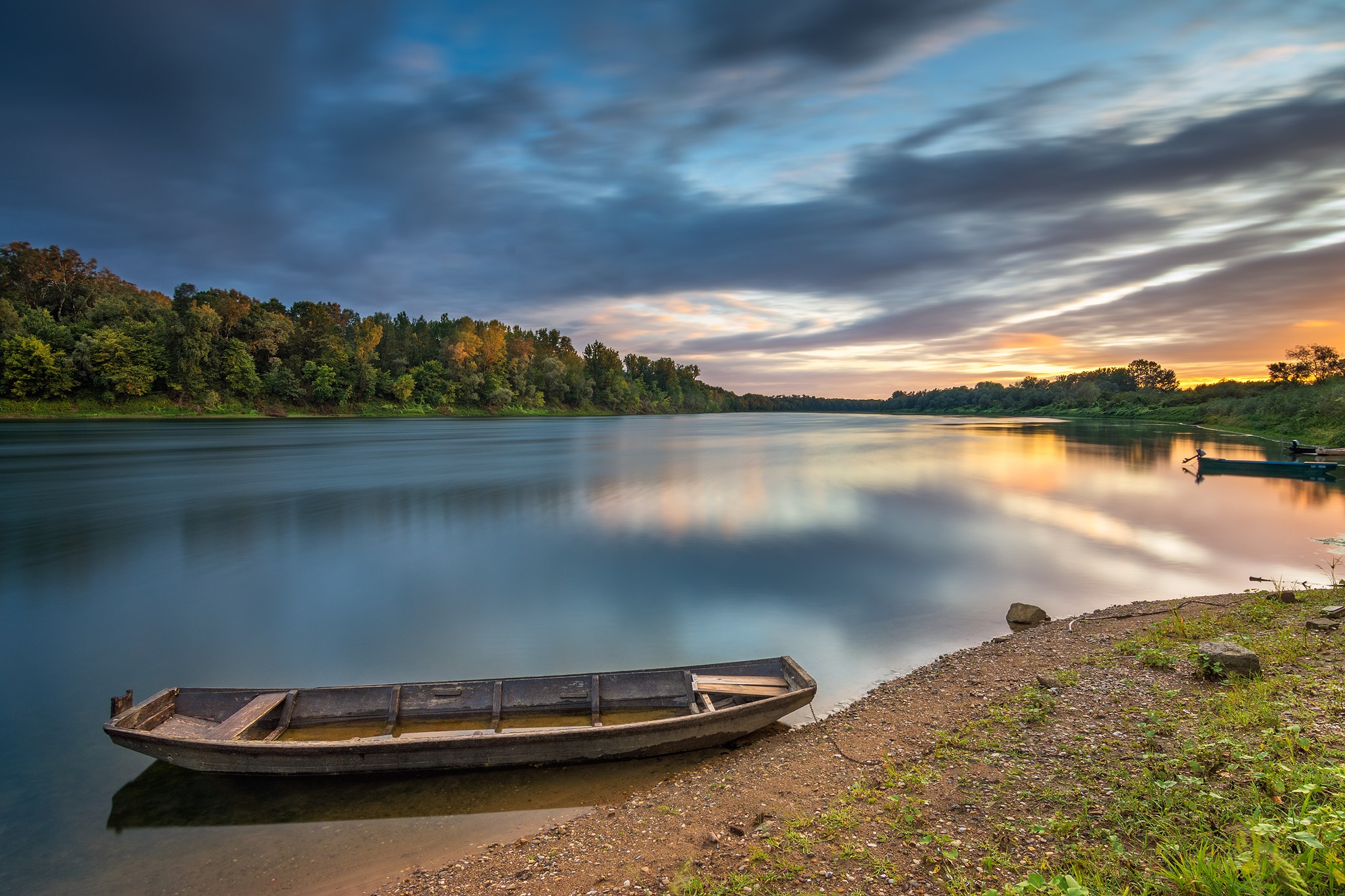 Photographer: Ivica Brlić Photo taken: Sava river, Davor, near Slavonski Brod
Photographer: Ivica Brlić Photo taken: Sava river, Davor, near Slavonski Brod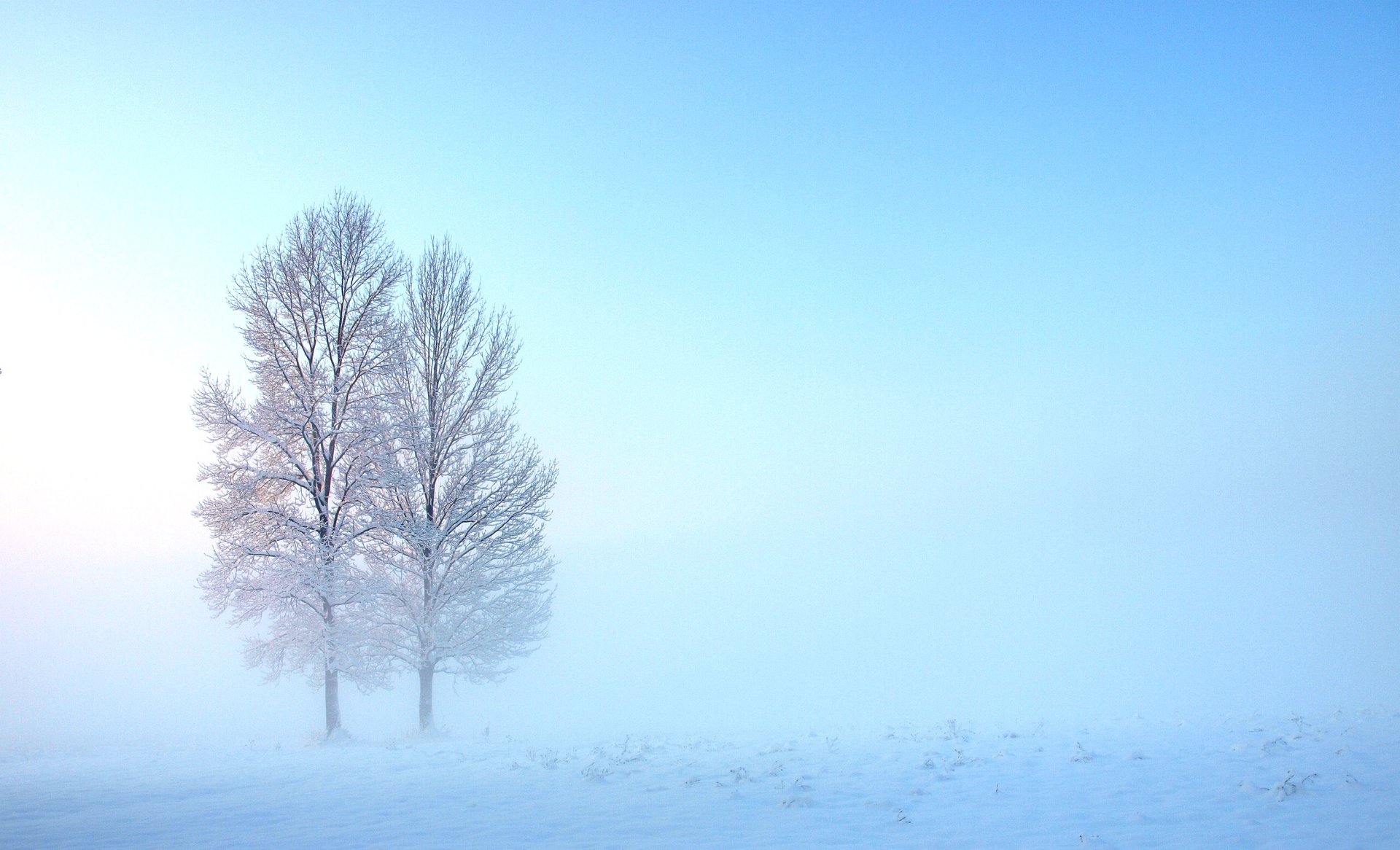 Photographer: Nataša Šafar Photo taken: Rečica, near Karlovac
Photographer: Nataša Šafar Photo taken: Rečica, near Karlovac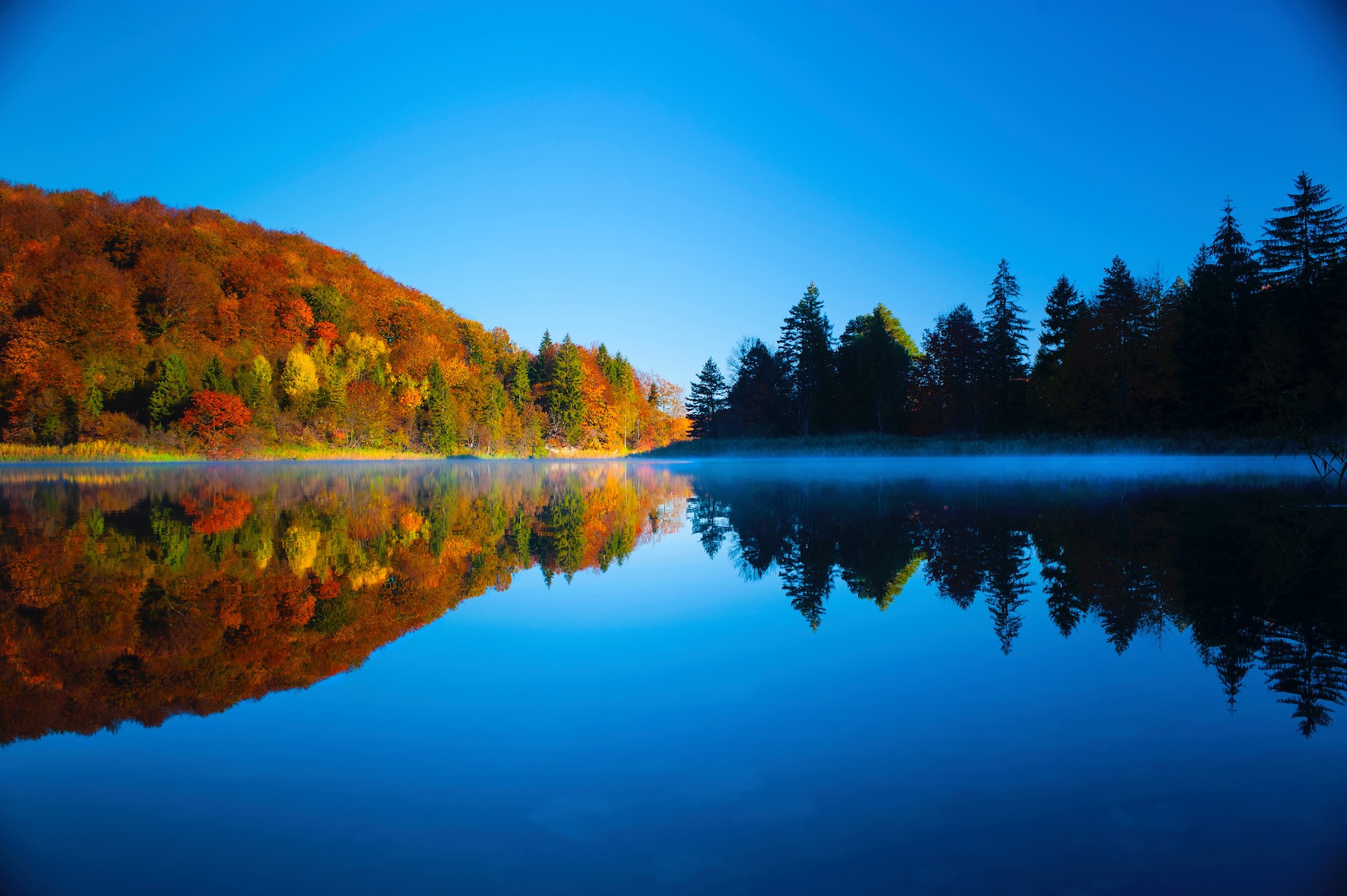 Photographer: Romeo Ibrišević Photo taken: Plitvice Lakes National Park
Photographer: Romeo Ibrišević Photo taken: Plitvice Lakes National Park
Over 1000 photographs from all over the world were entered in the 2020 competition. The submissions were narrowed down to a final selection of 70 contenders. As TCN reported back at the start of October, no less than 9 examples of Croatia weather photography made it into the final 70, taken by 7 Croatian photographers.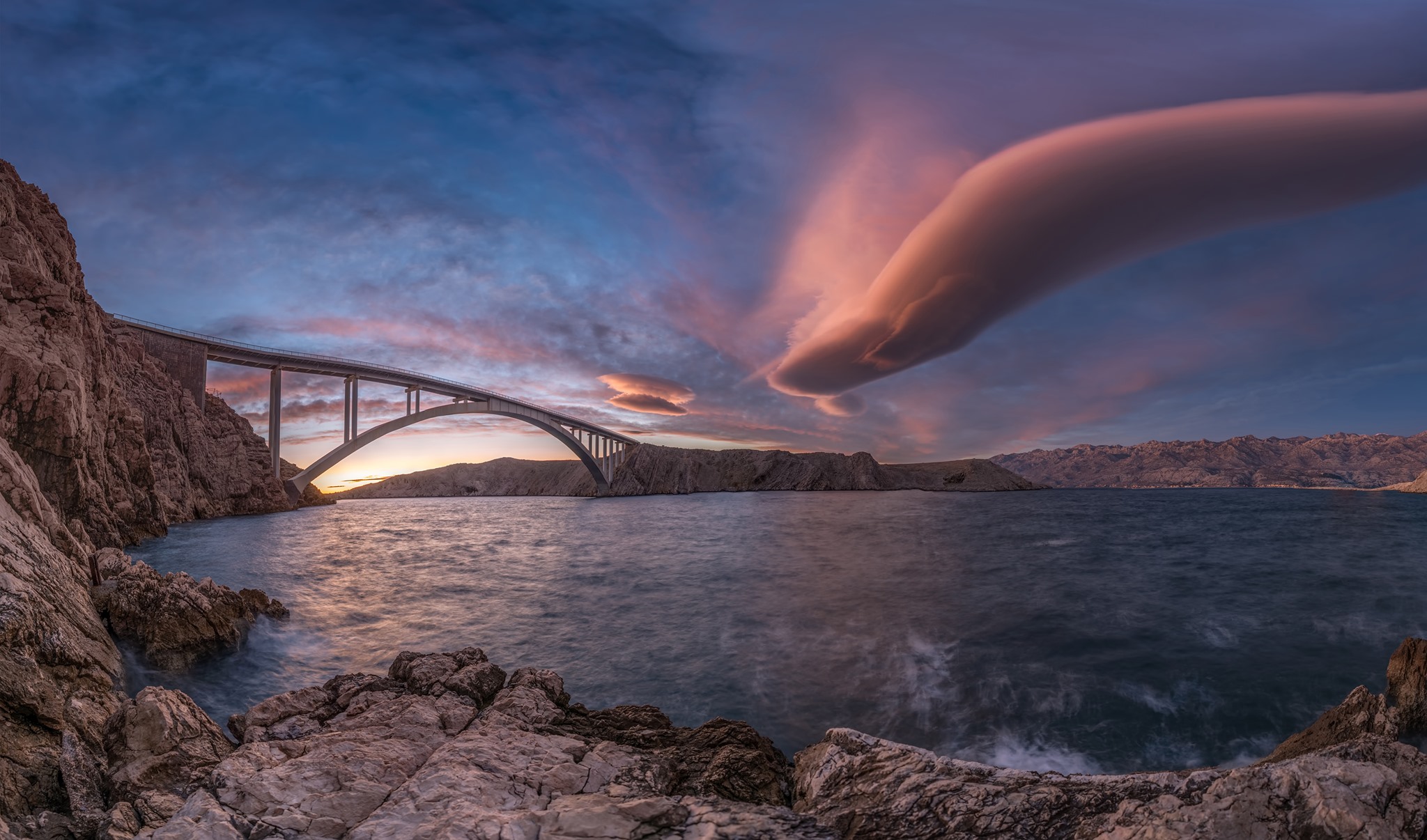 Photographer: Danijel Palčić Photo taken: Pag island
Photographer: Danijel Palčić Photo taken: Pag island Photographer: Aleksandar Gospic Photo taken: Ražanac
Photographer: Aleksandar Gospic Photo taken: Ražanac
Croatia regularly punches well above its weight in the annual competition, as we can see from these 10 examples of incredible Croatia weather photography that were among the finalists in 2019.
All images courtesy World Meteorological Organisation
Meet Viktor Đerek, 19-Year-Old Photographer Making His Mark in Croatia
How easy is it to be a young photographer in Croatia? TCN met with Viktor Đerek, a 19-year-old photographer from Split to find out more.
''Friends of the Sea'' Exhibition in Mali Lošinj!
Photography and nostalgia along the coast as the ninth ''Friends of the Sea'' (Prijatelji mora) exhibition takes to Mali Lošinj.
I Love My County: Photography Contest Open for Submissions!
Participants can submit up to three photos taken anywhere in Croatia
Art Along the Coast: Young Photographers Focus on Heritage
Ten Croatian photographers are featured in this year's edition of the international contest


